Day 38 - From Shimabara Across the Sea by Ferry to Kumamoto, The Kyushu 108 Temple Pilgrimage, Japan

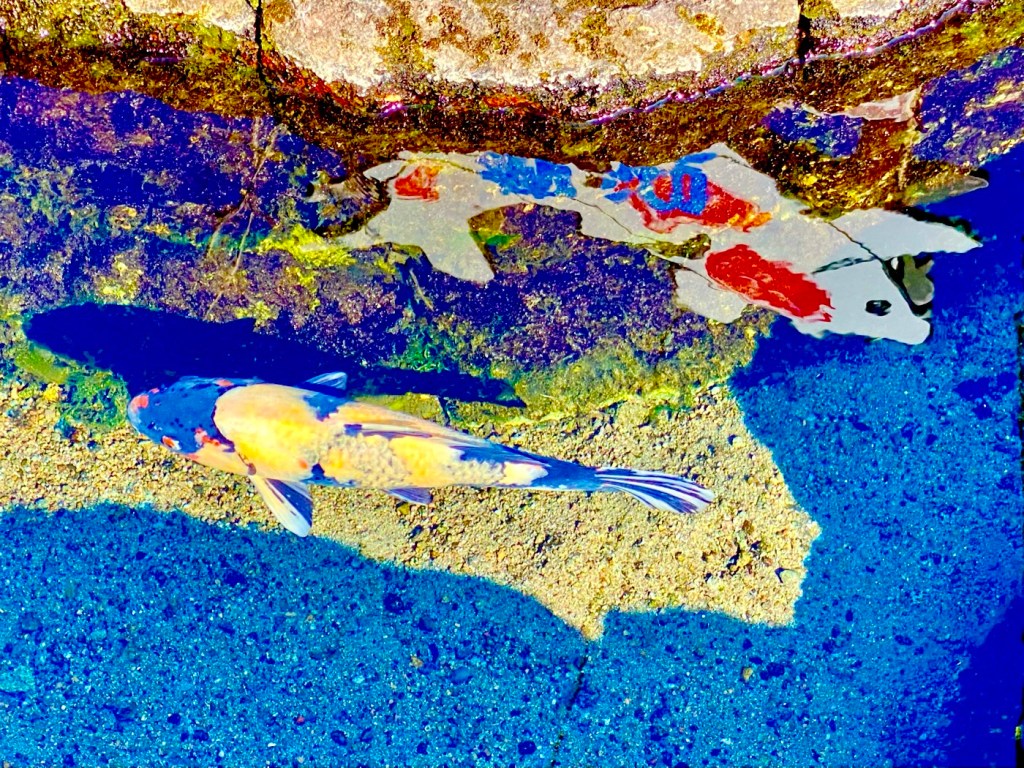
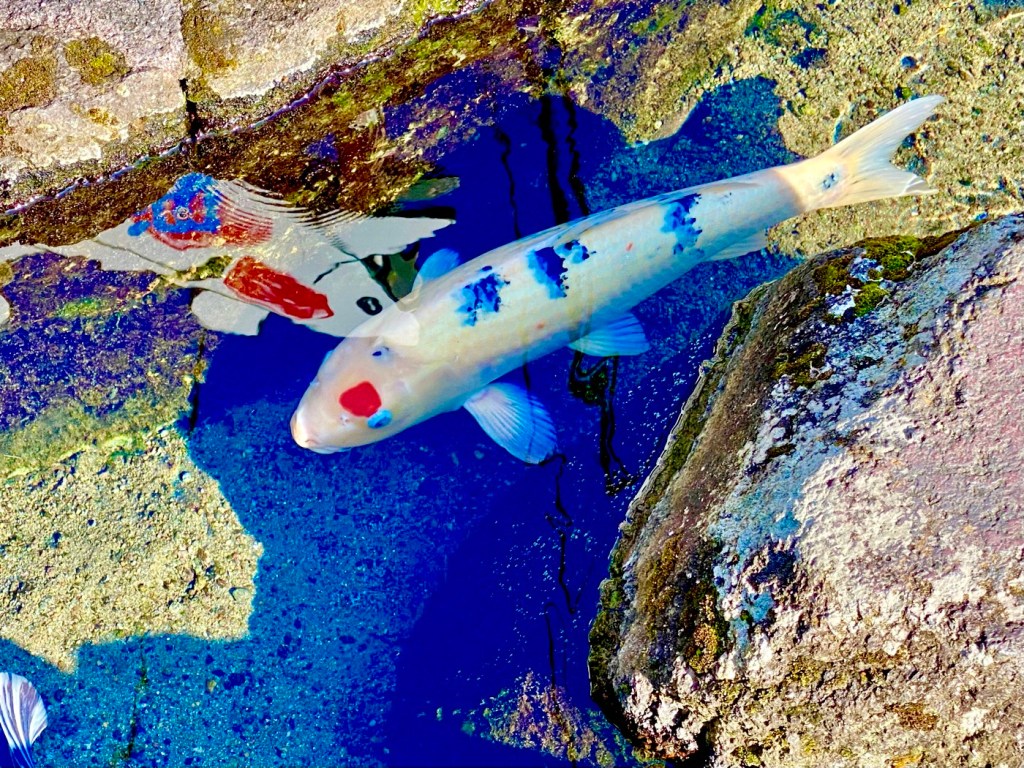
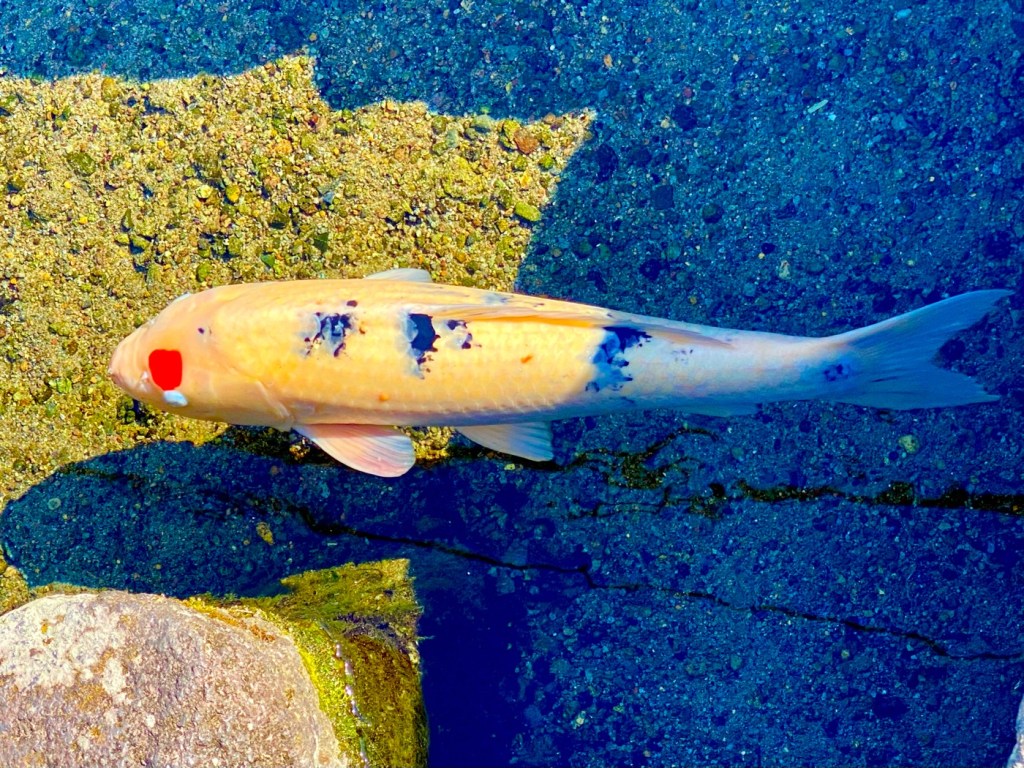
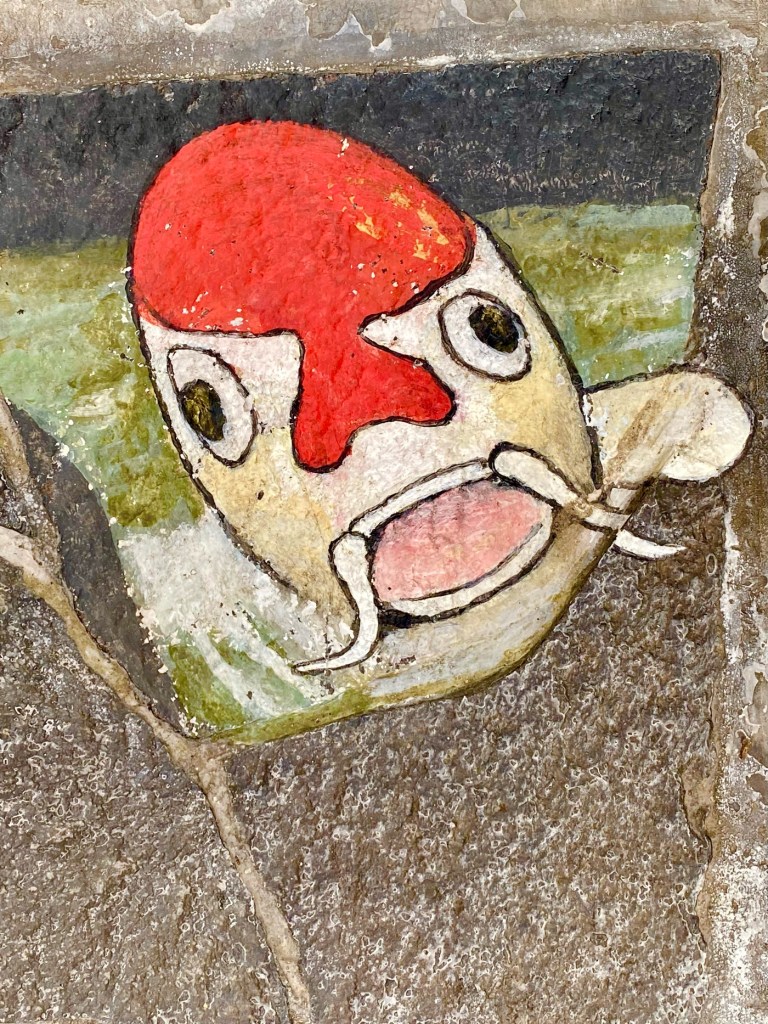
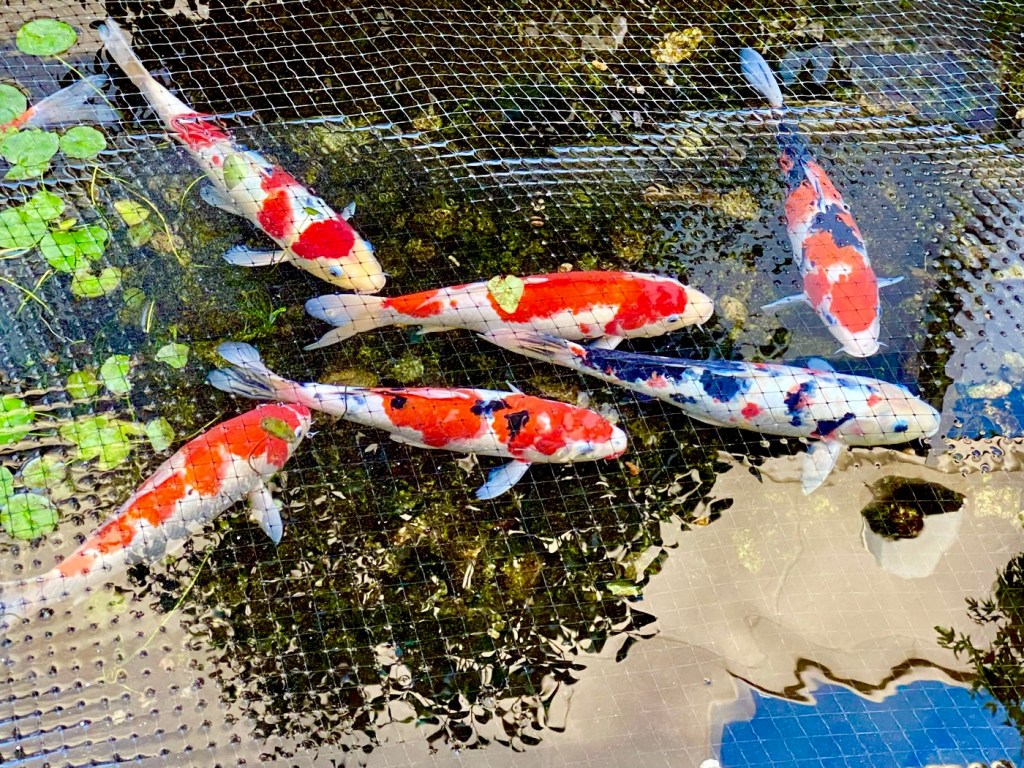
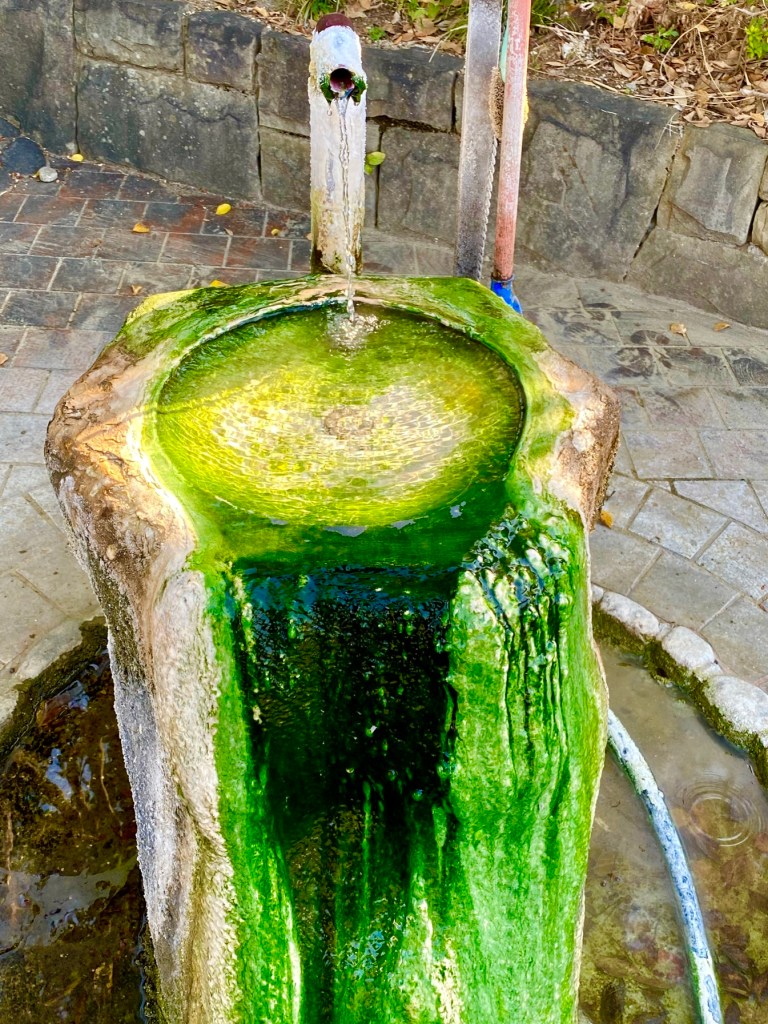
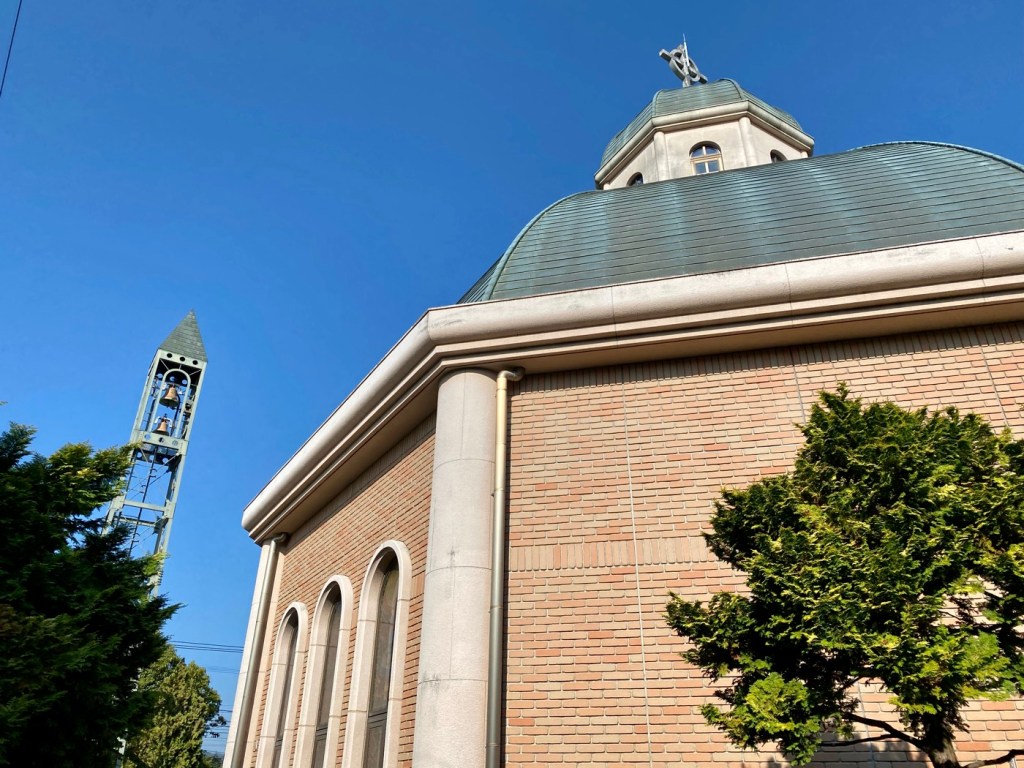
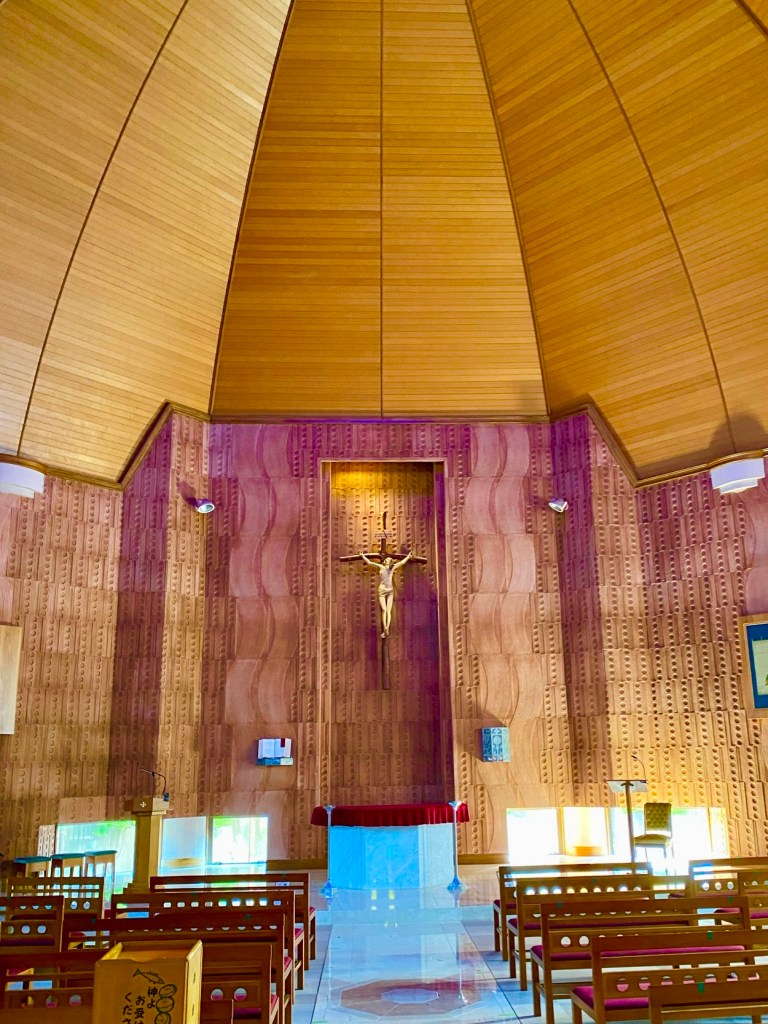
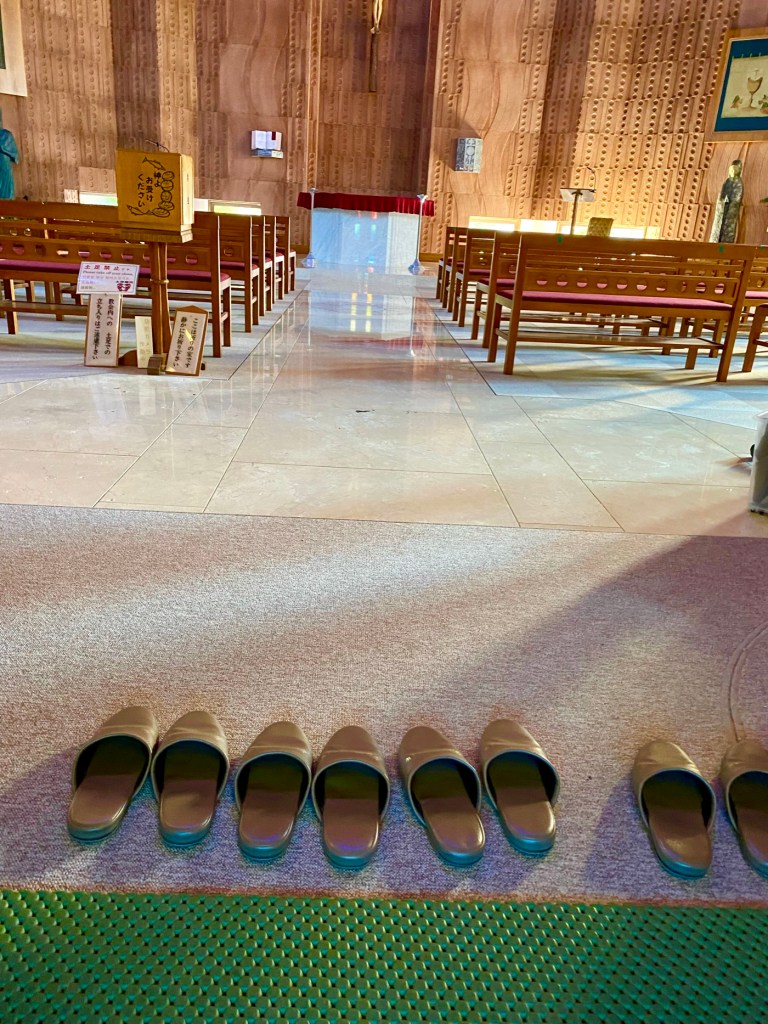
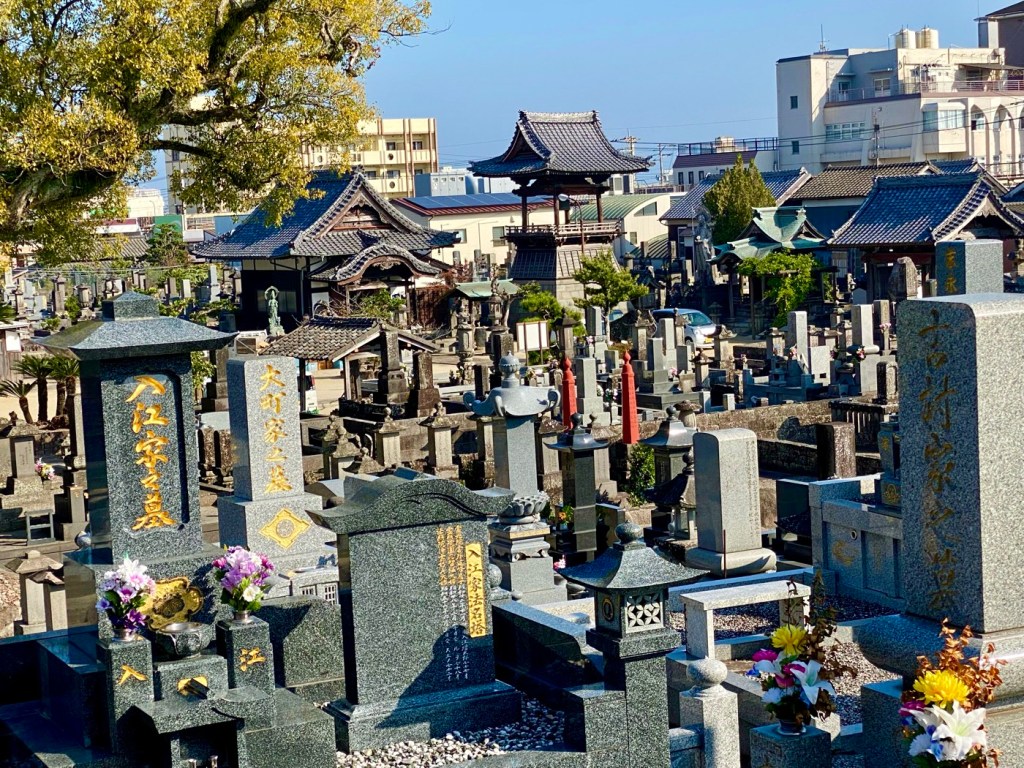
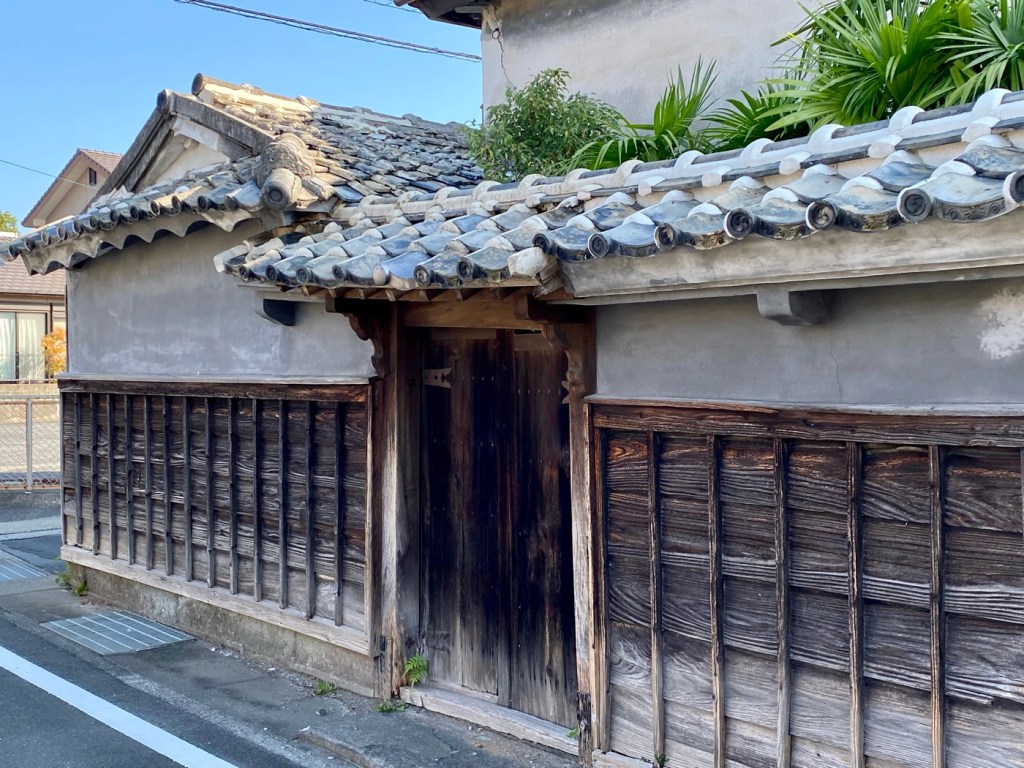
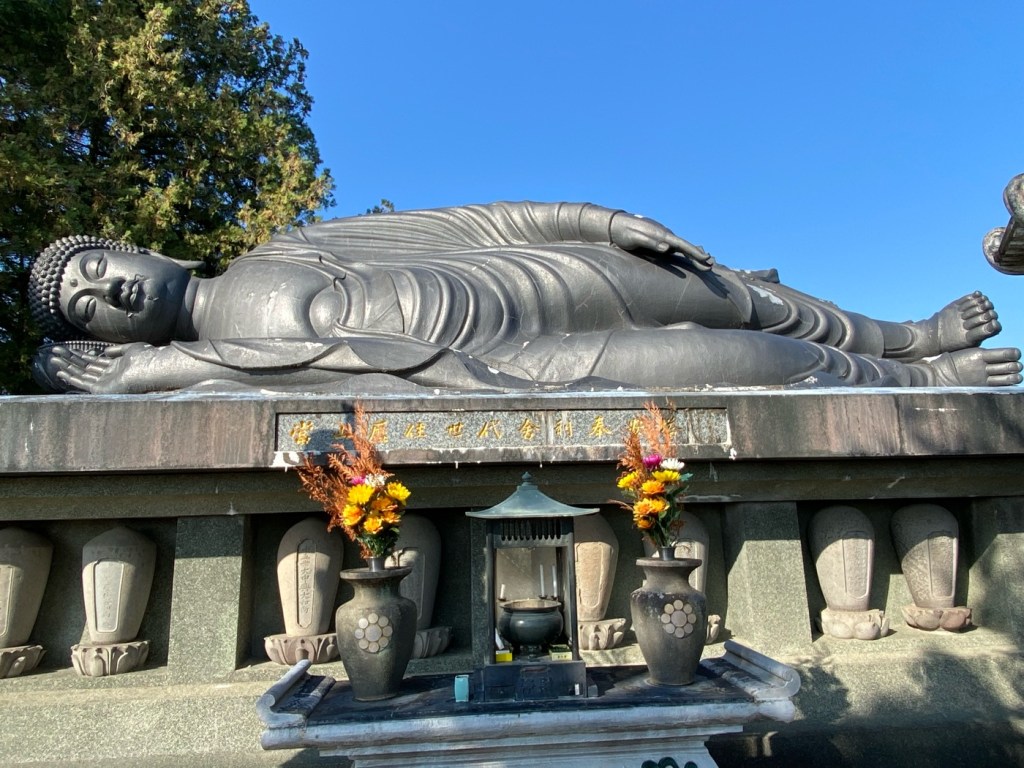
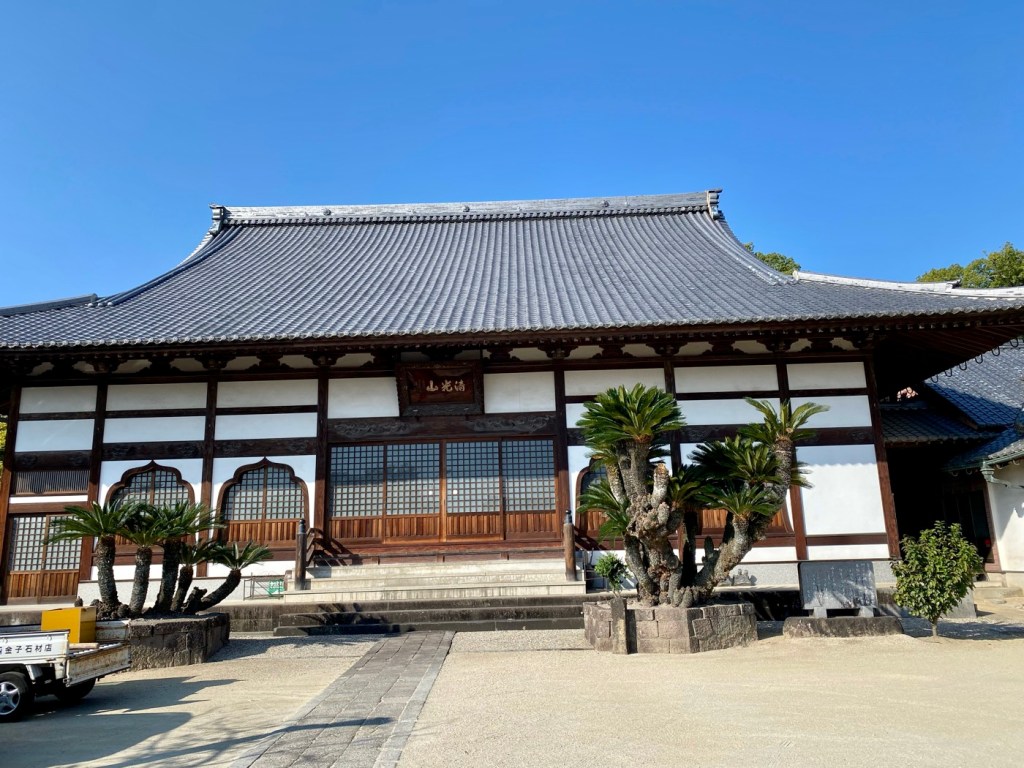
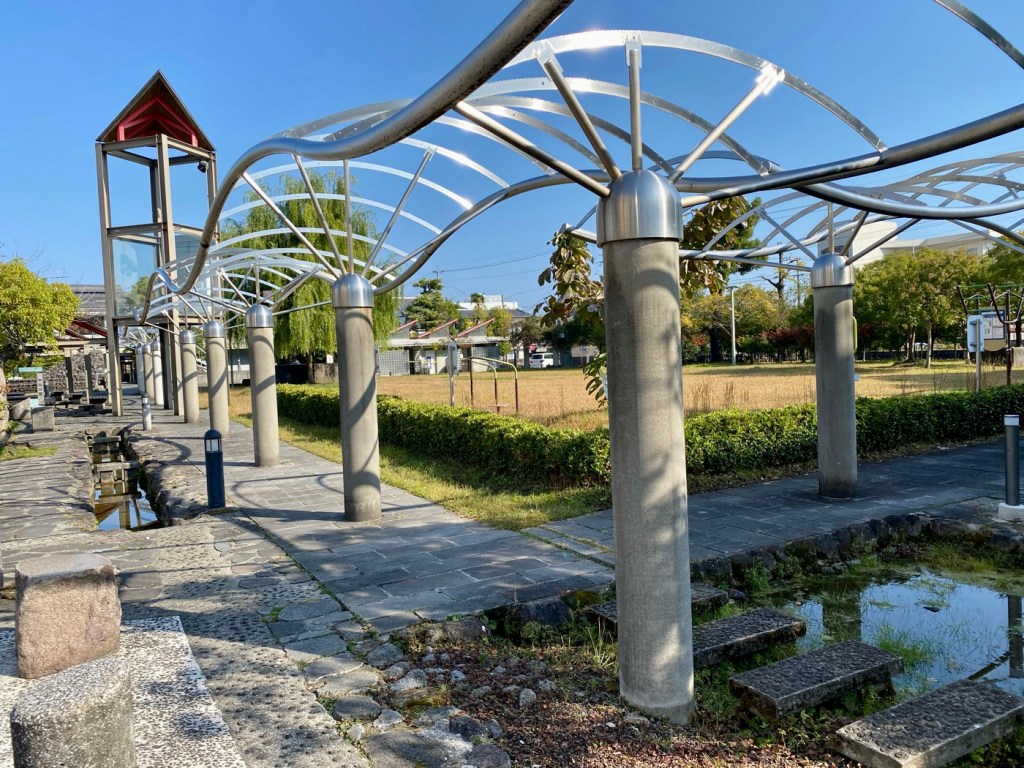
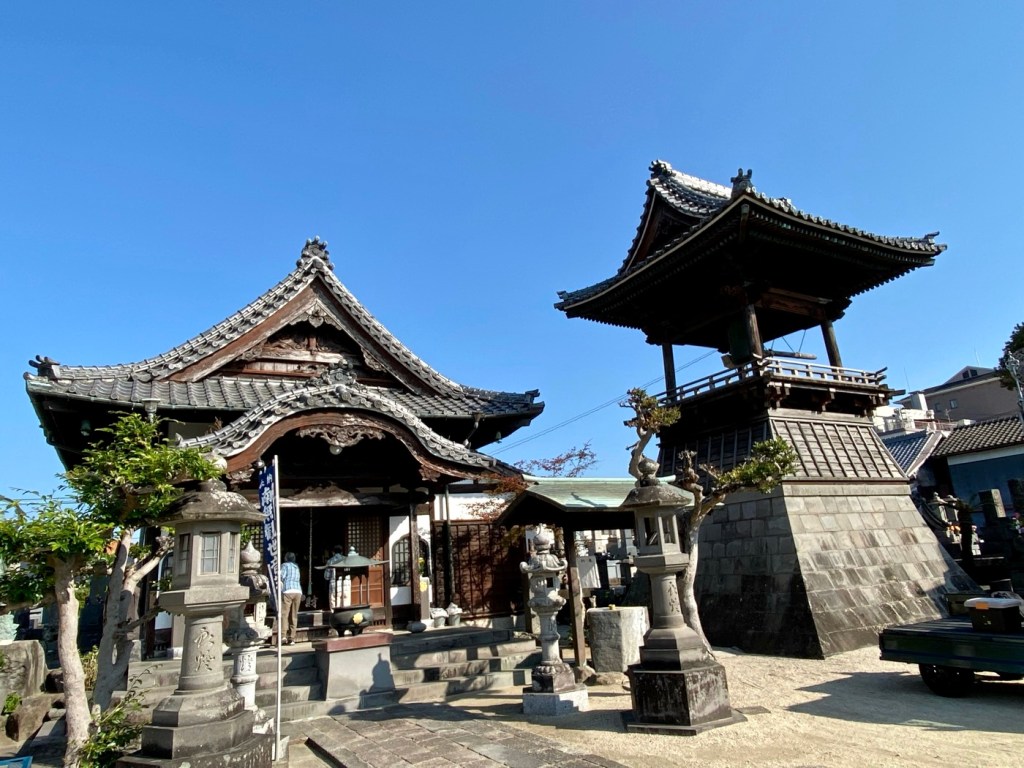
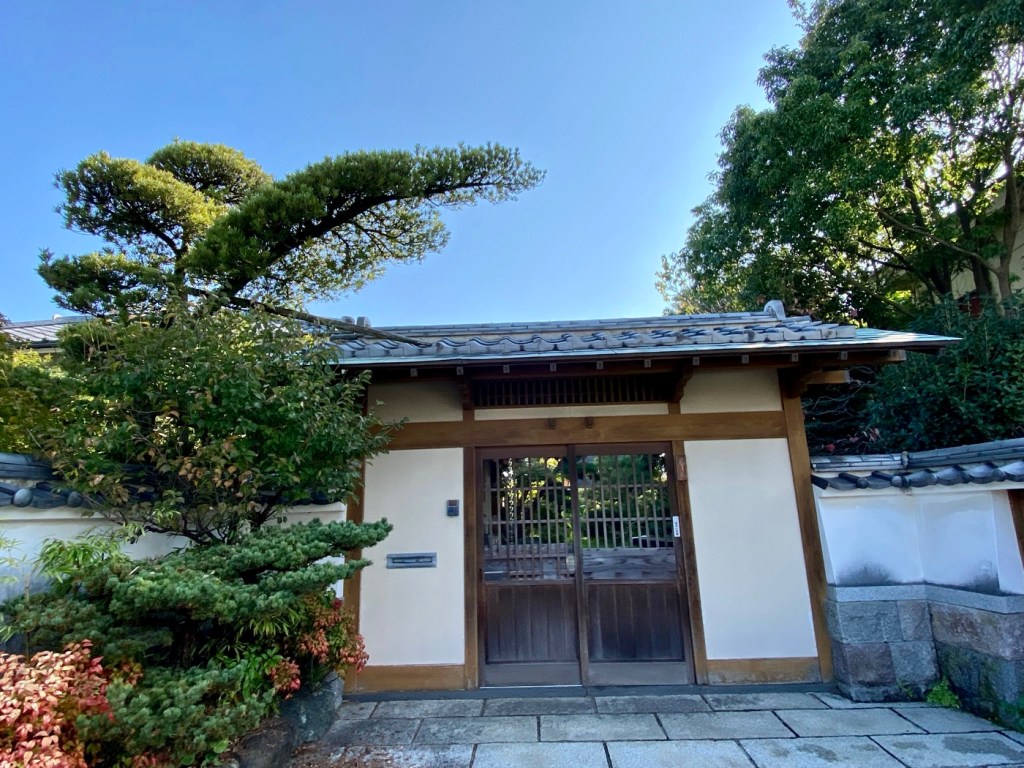
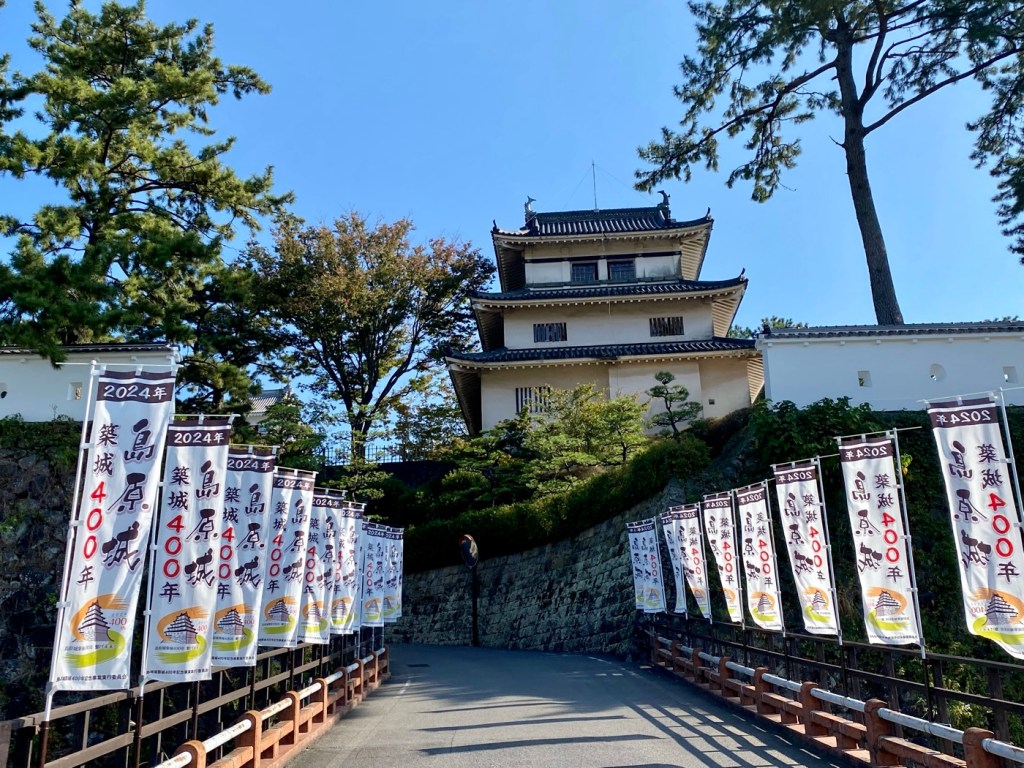
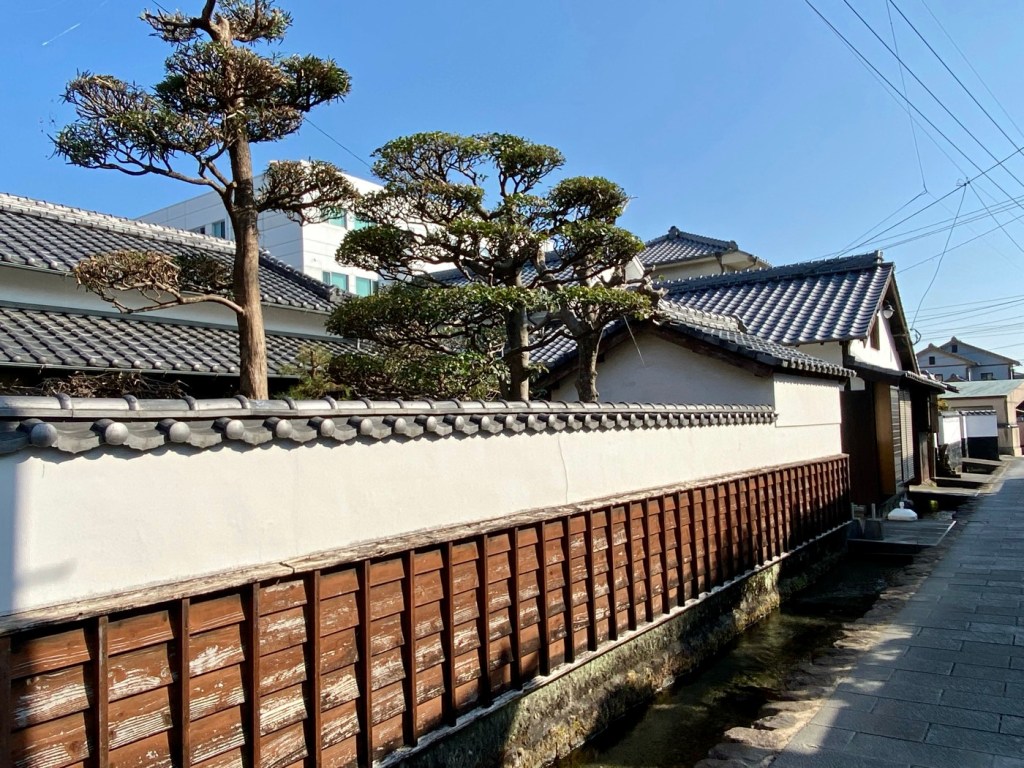
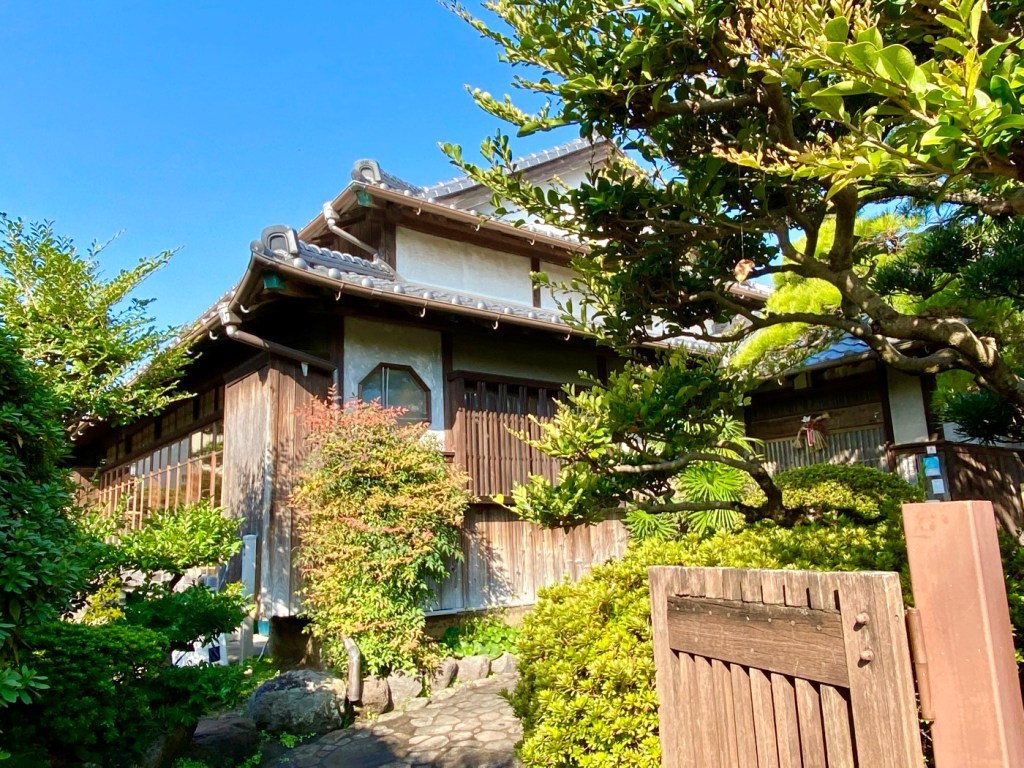
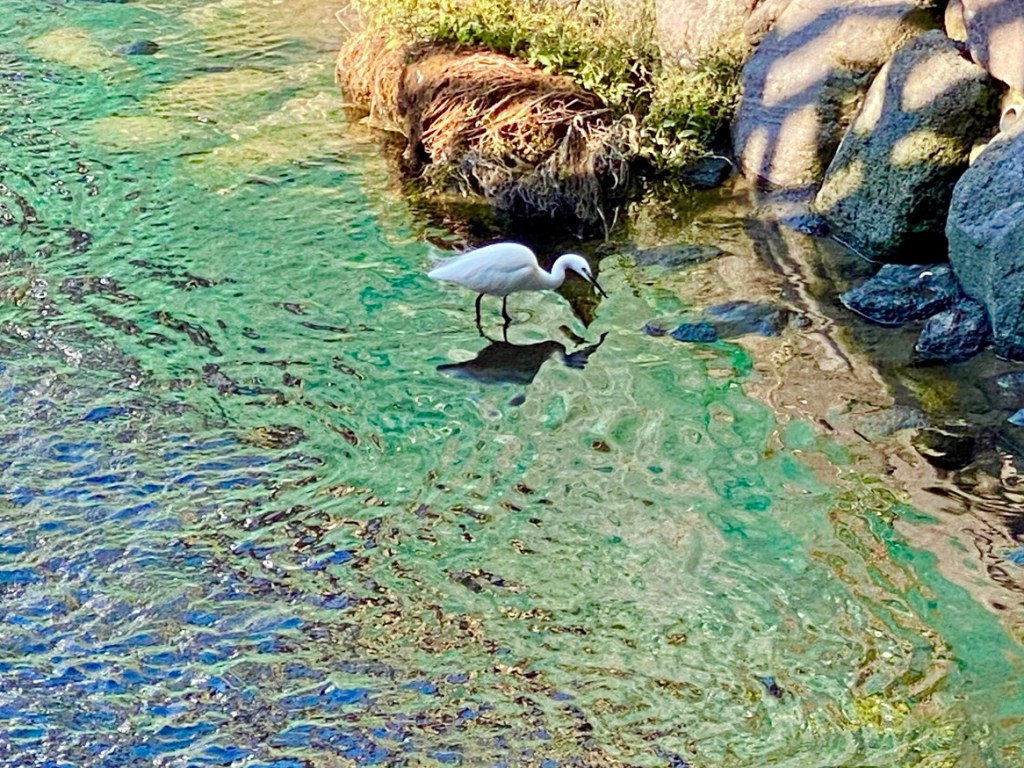
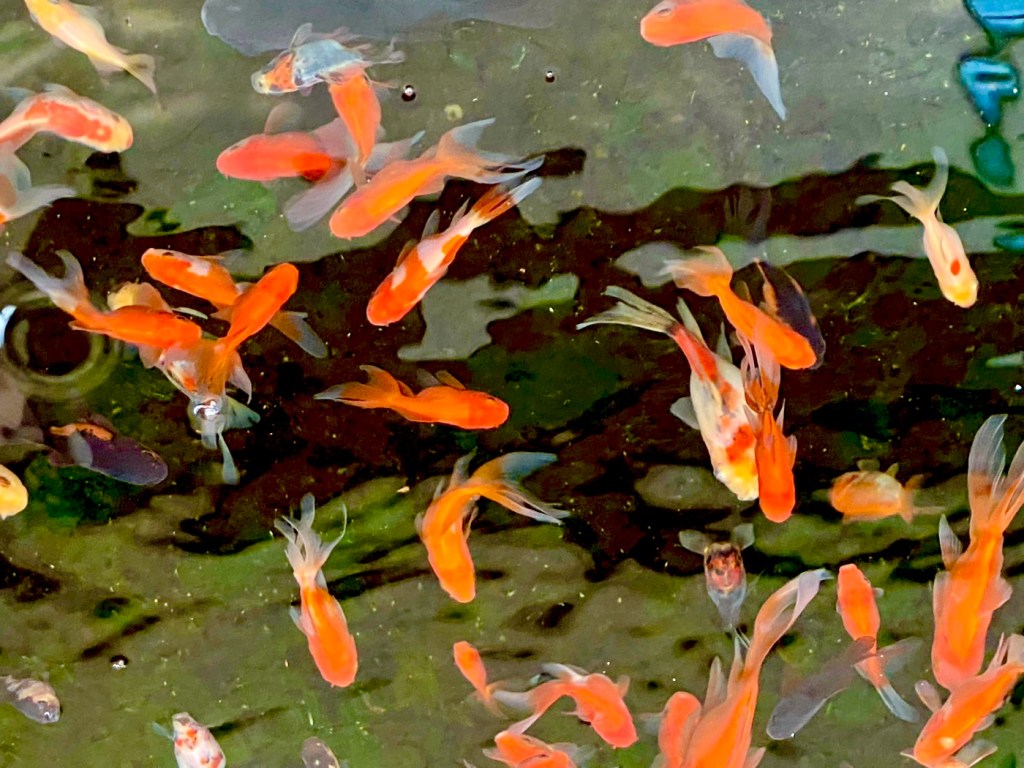
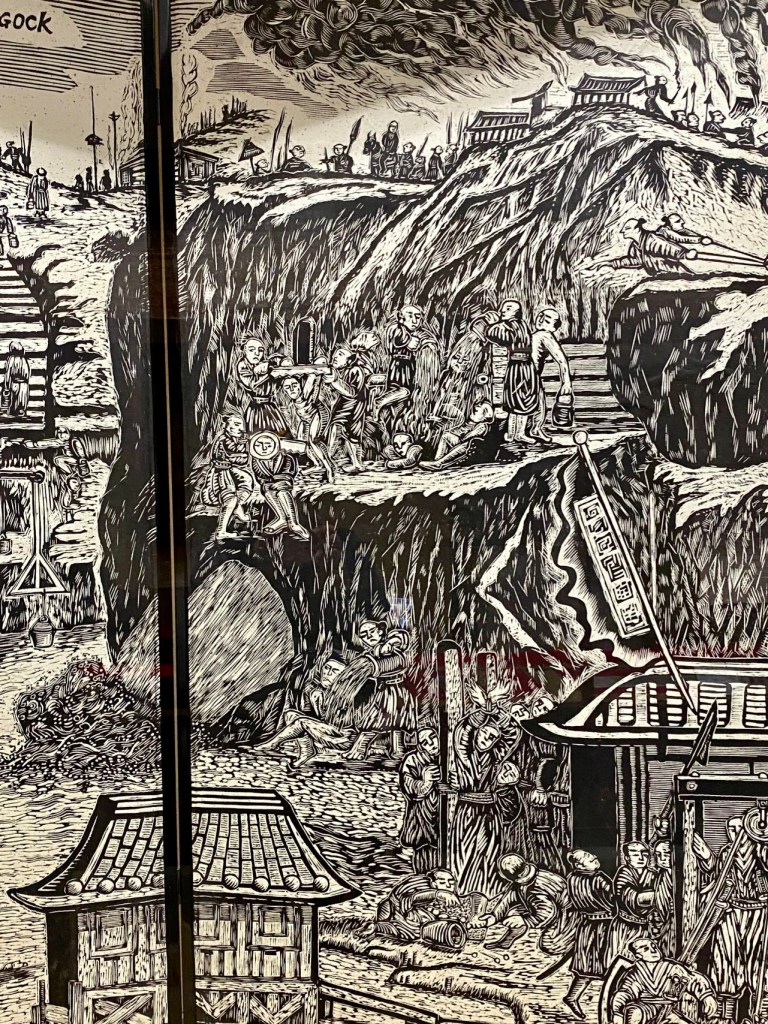
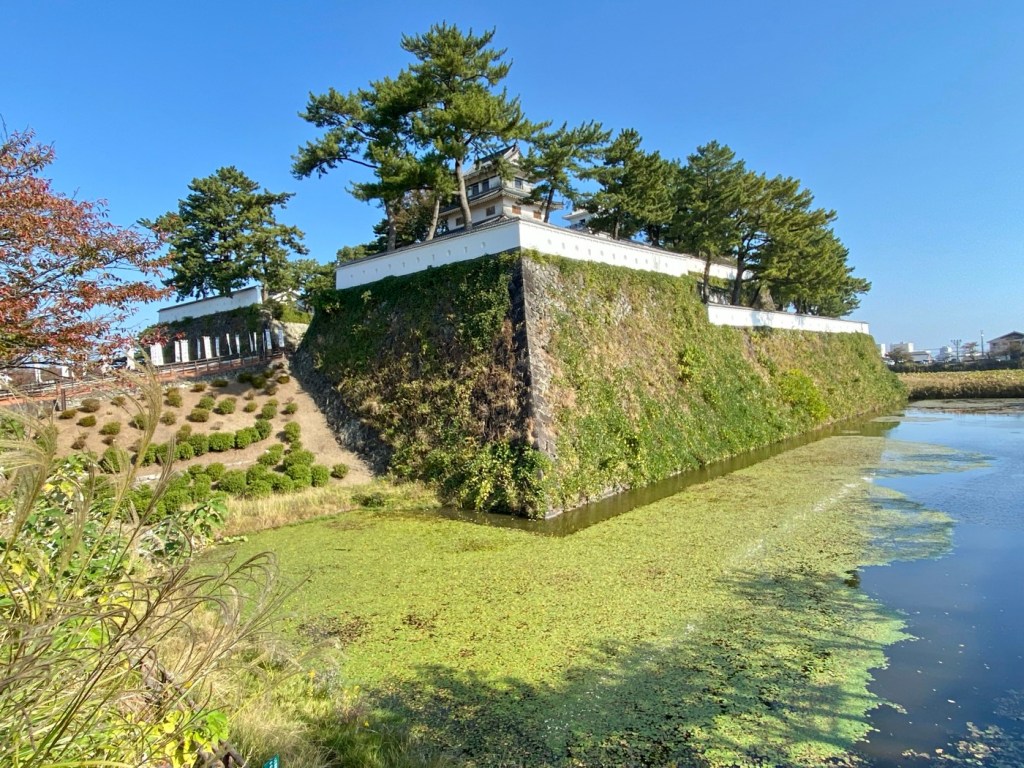
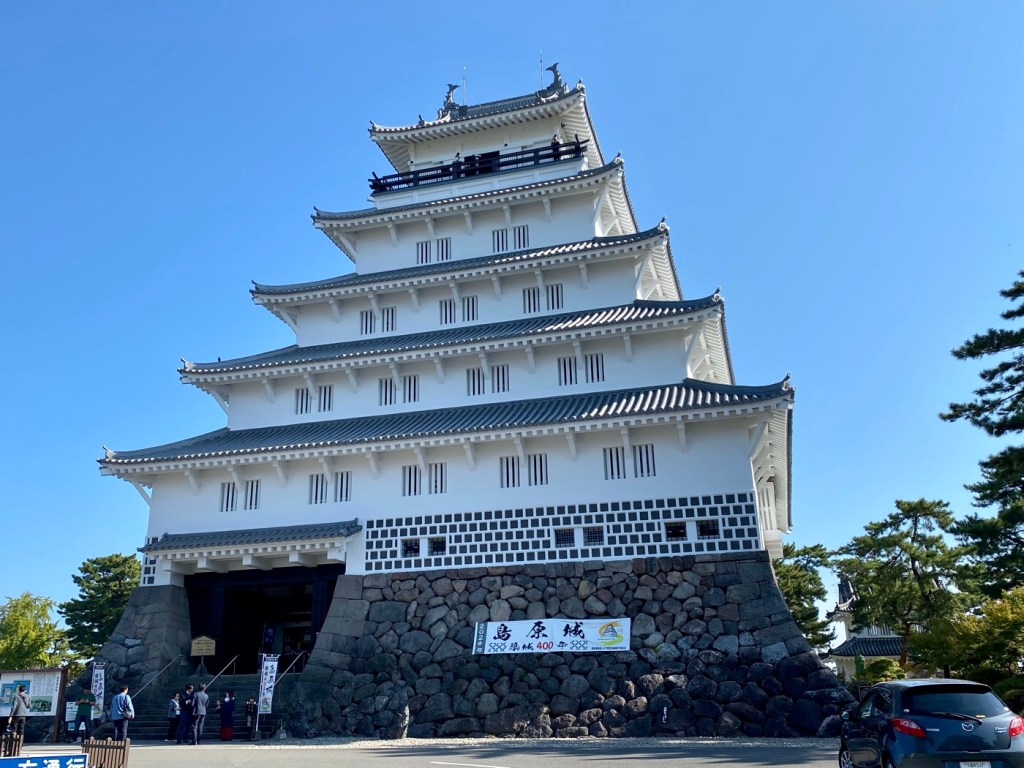
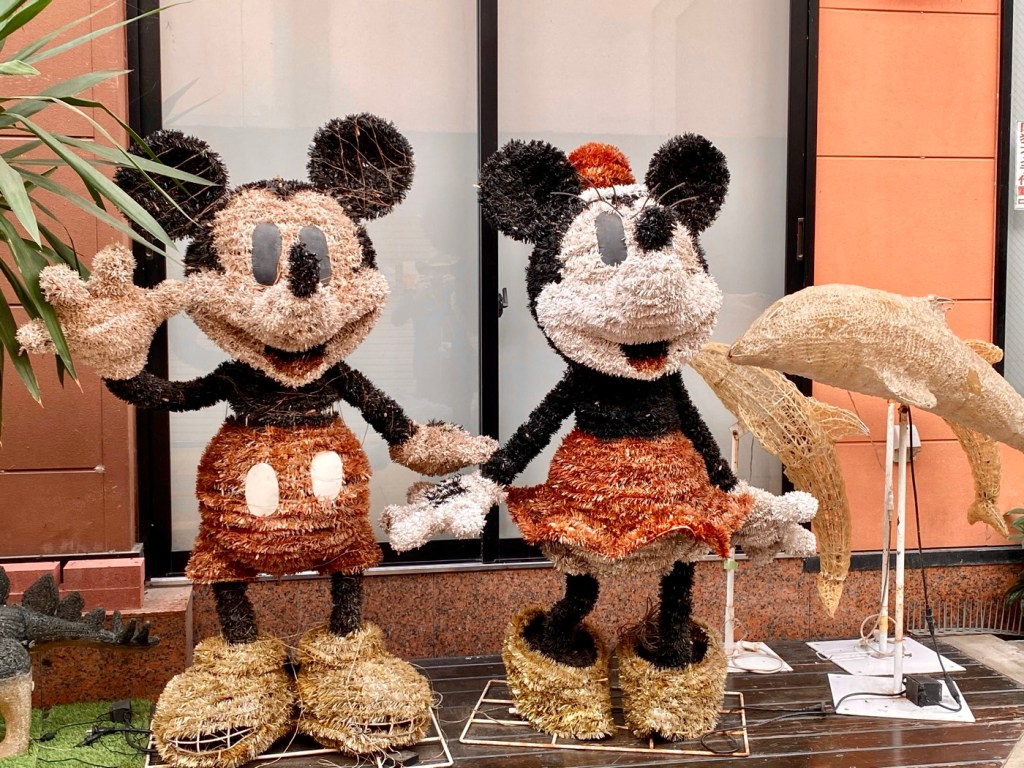
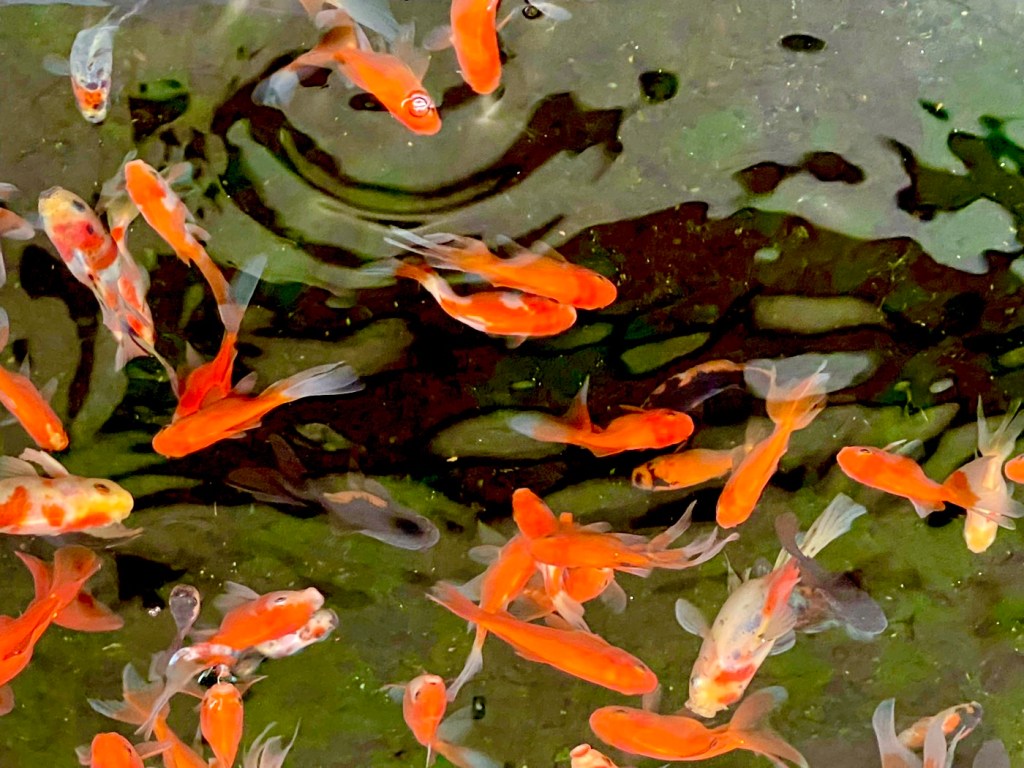
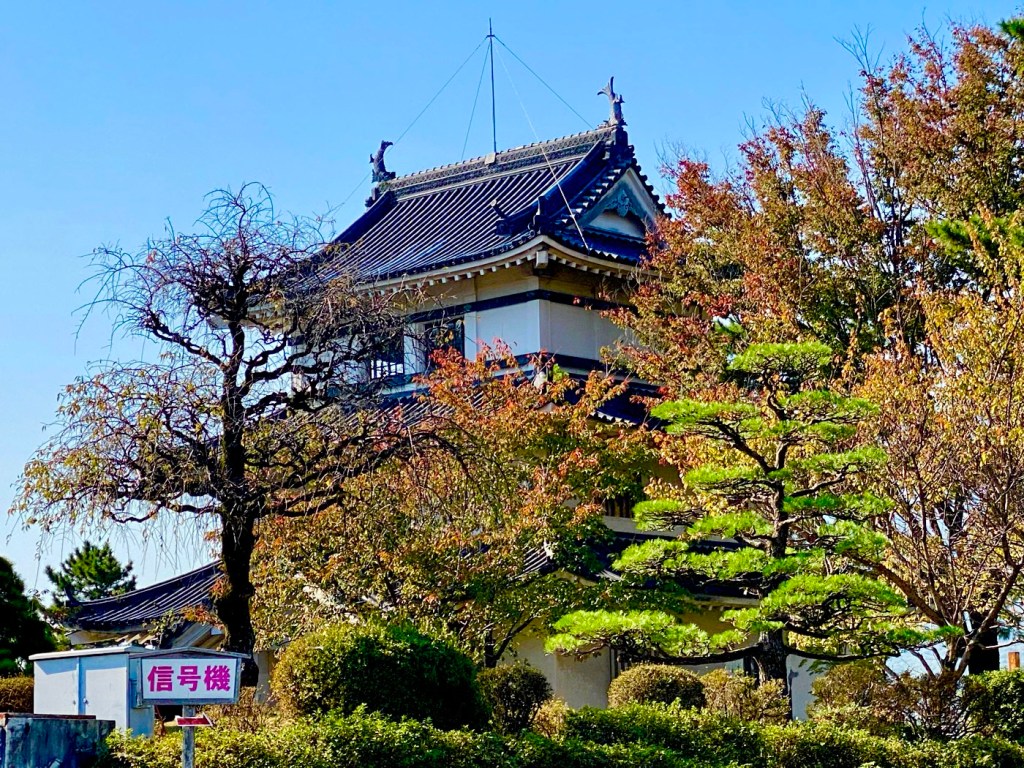
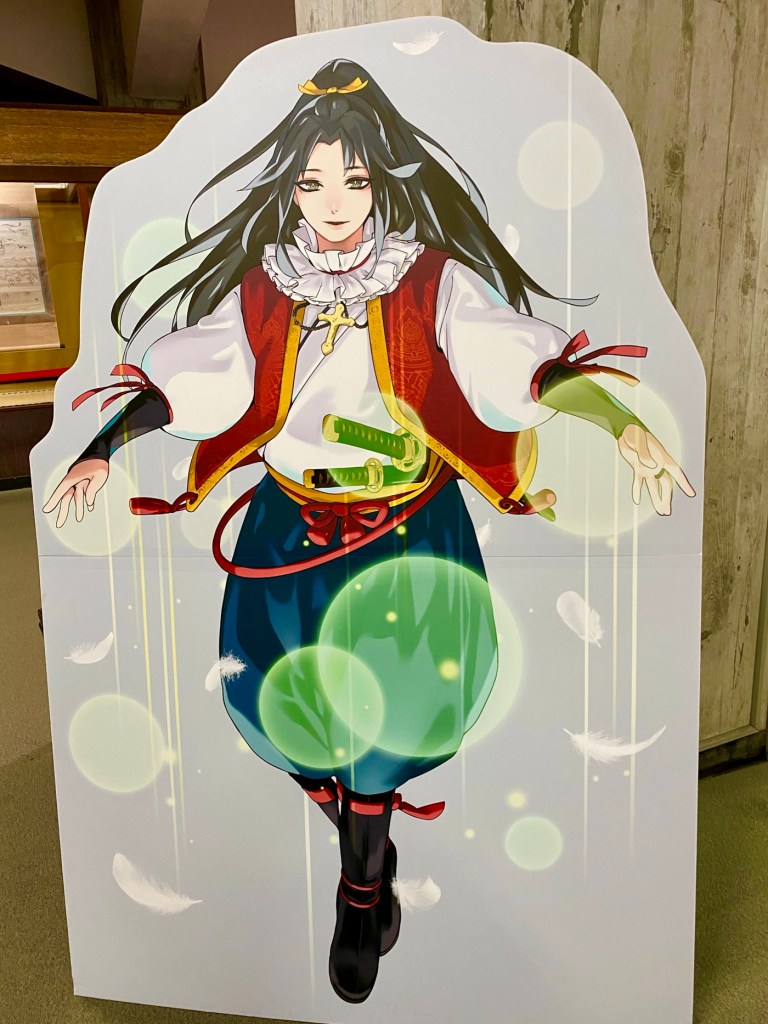
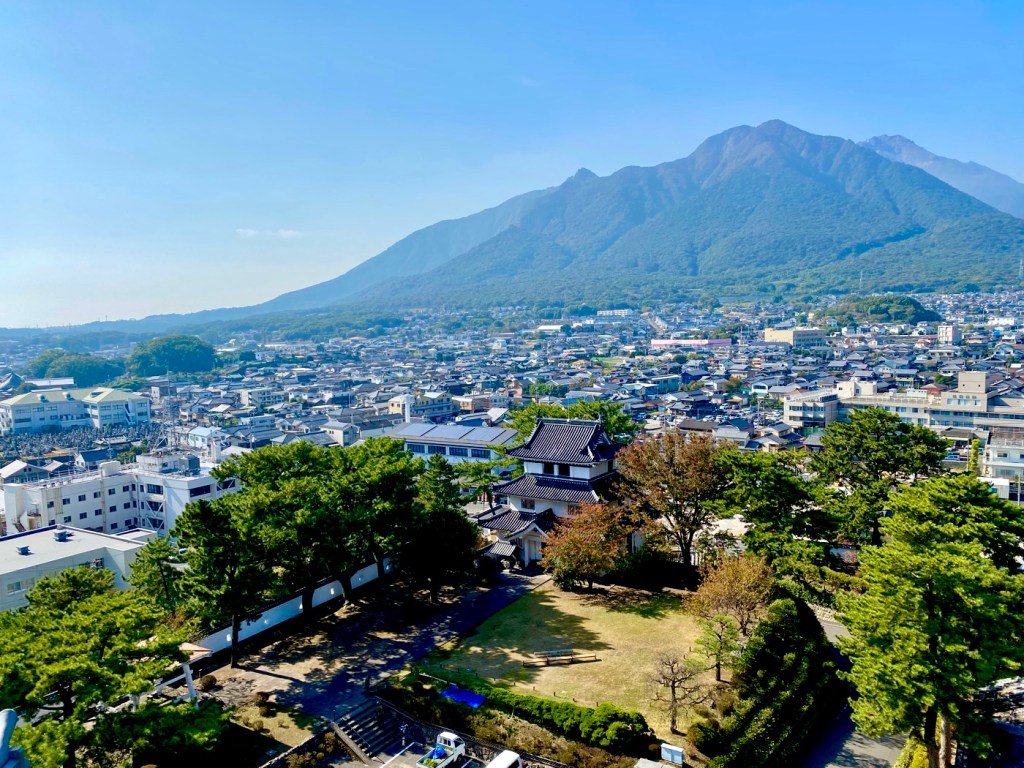
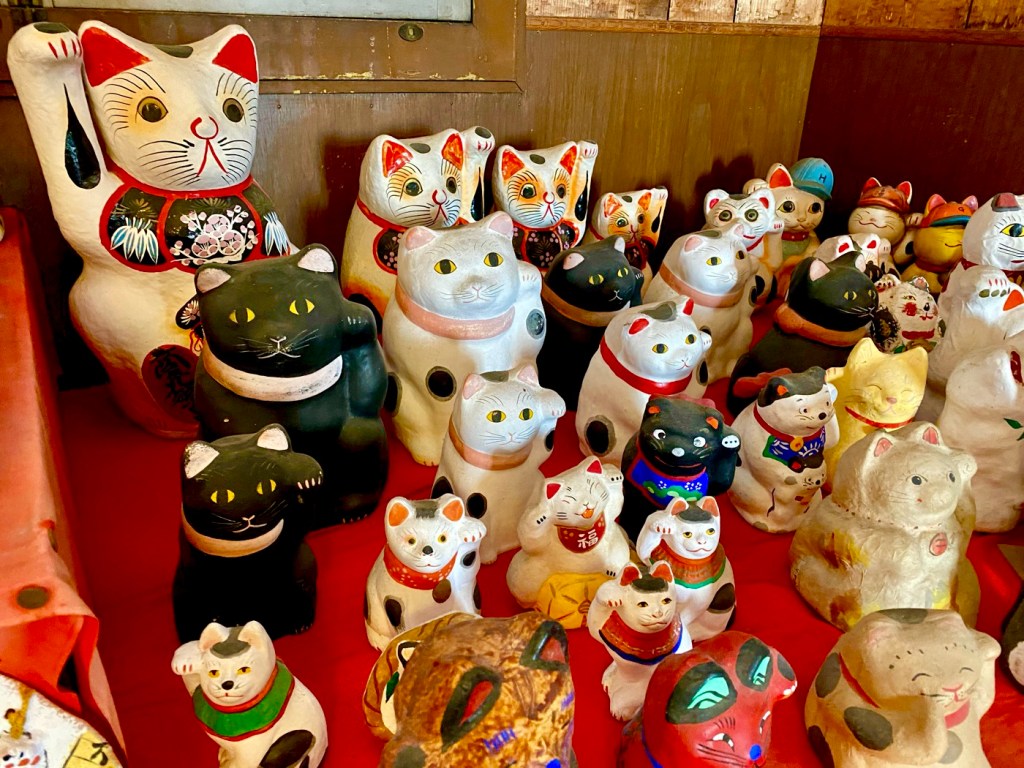

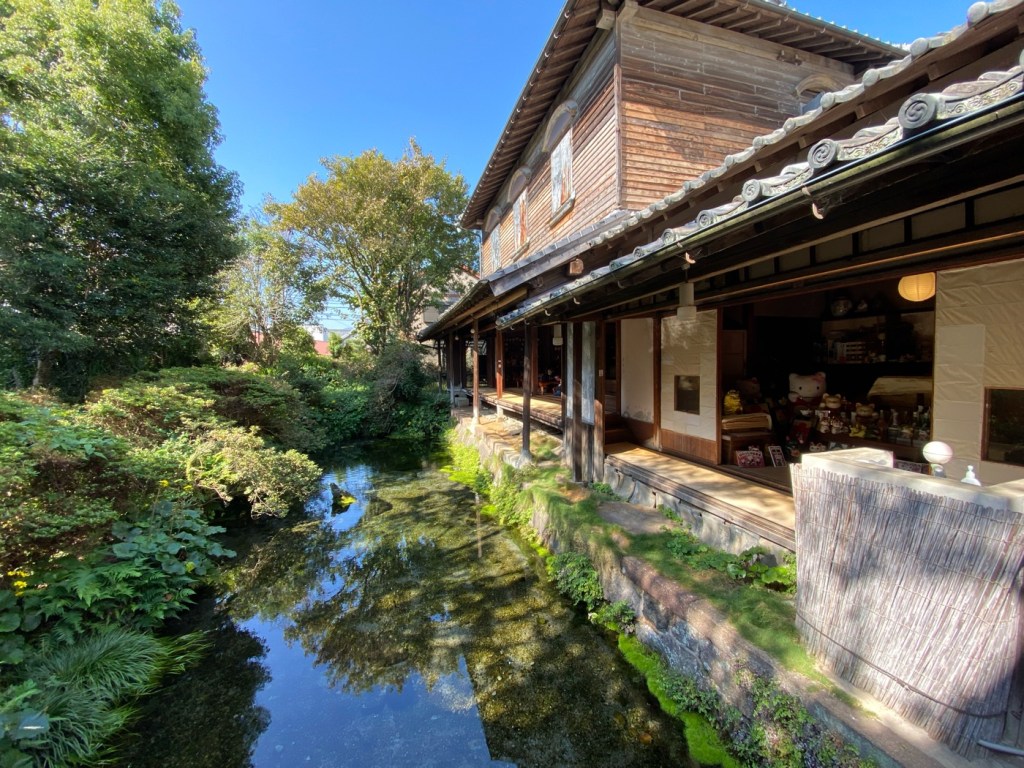
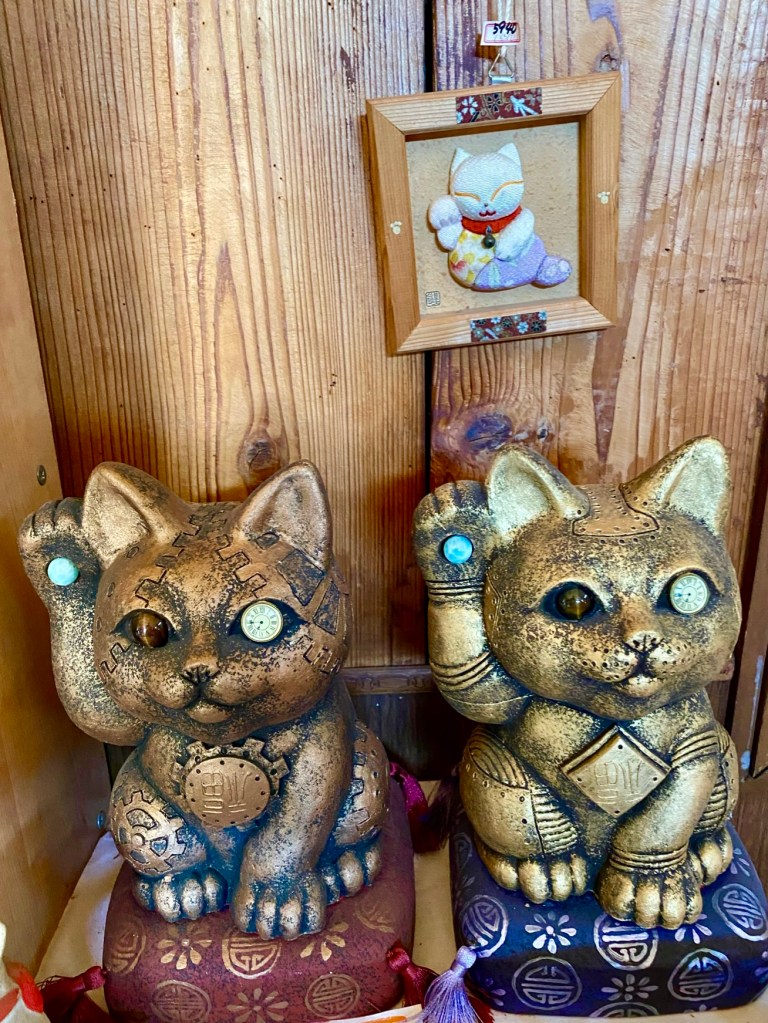
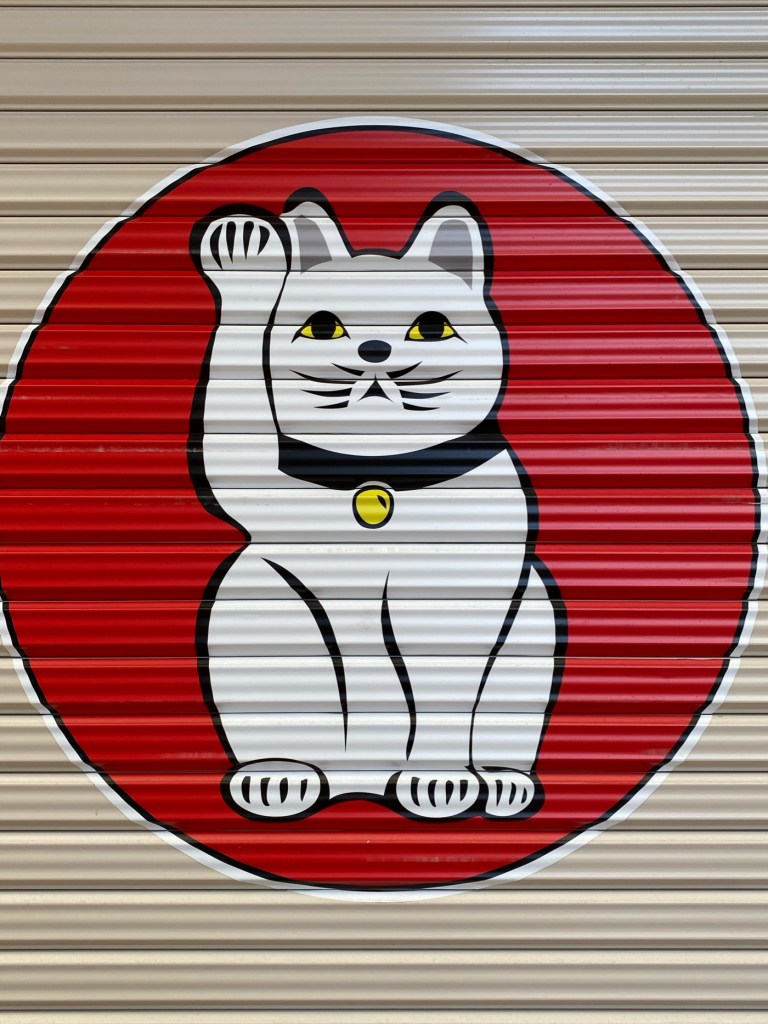
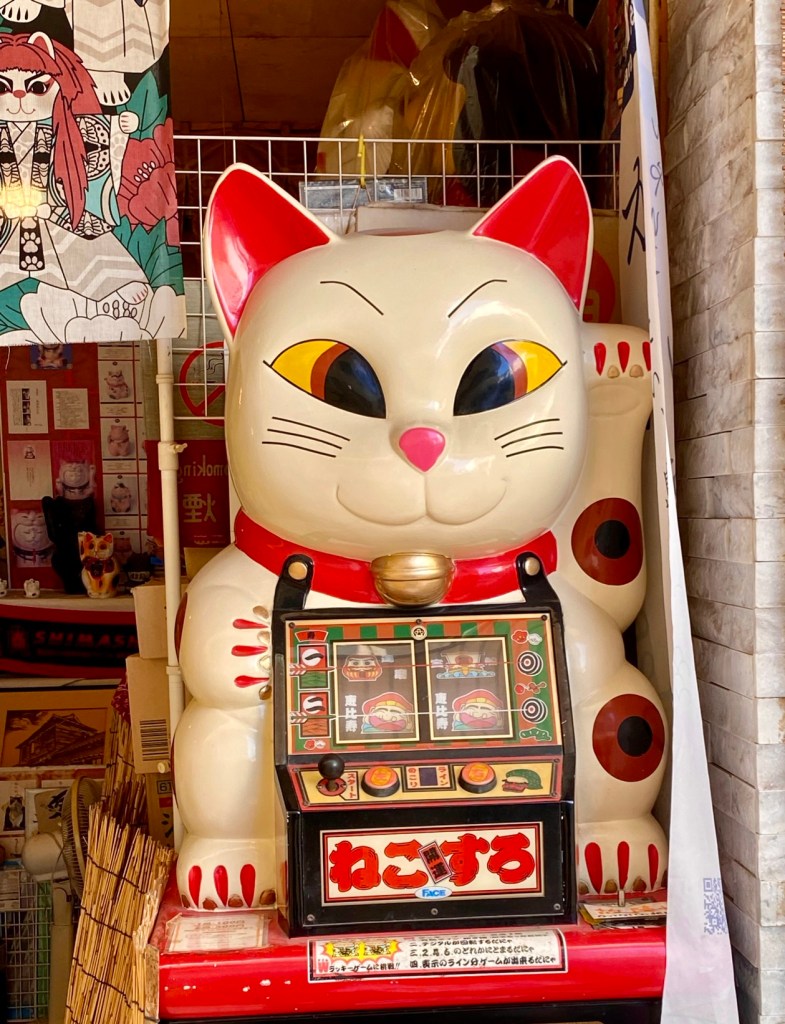

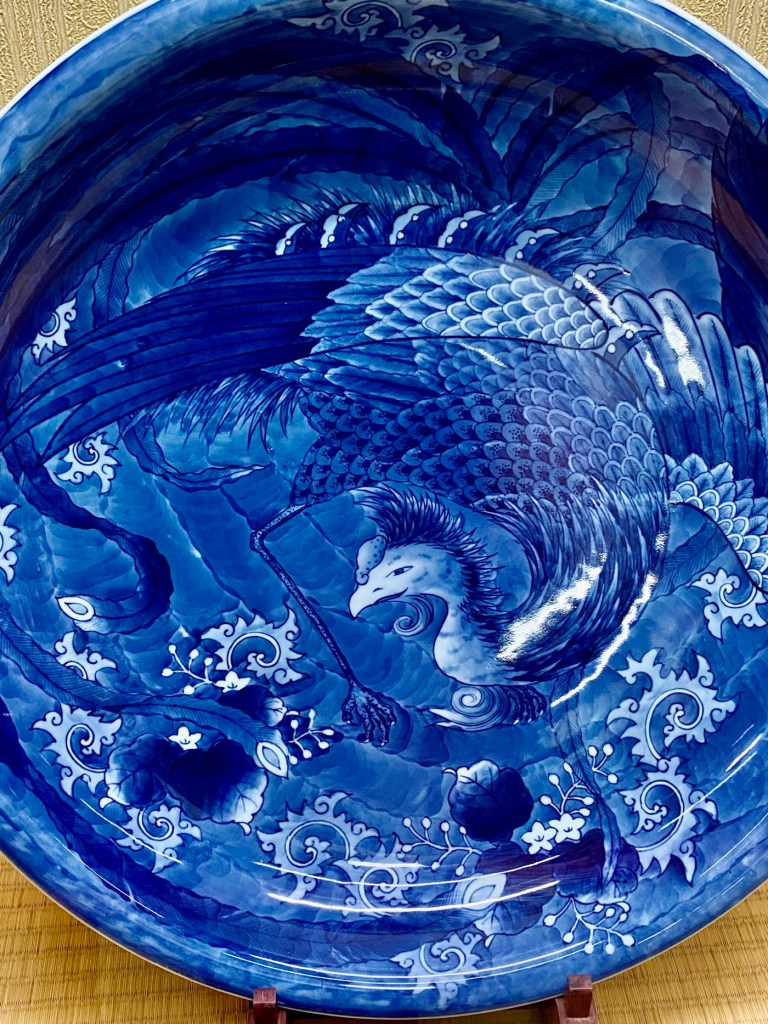
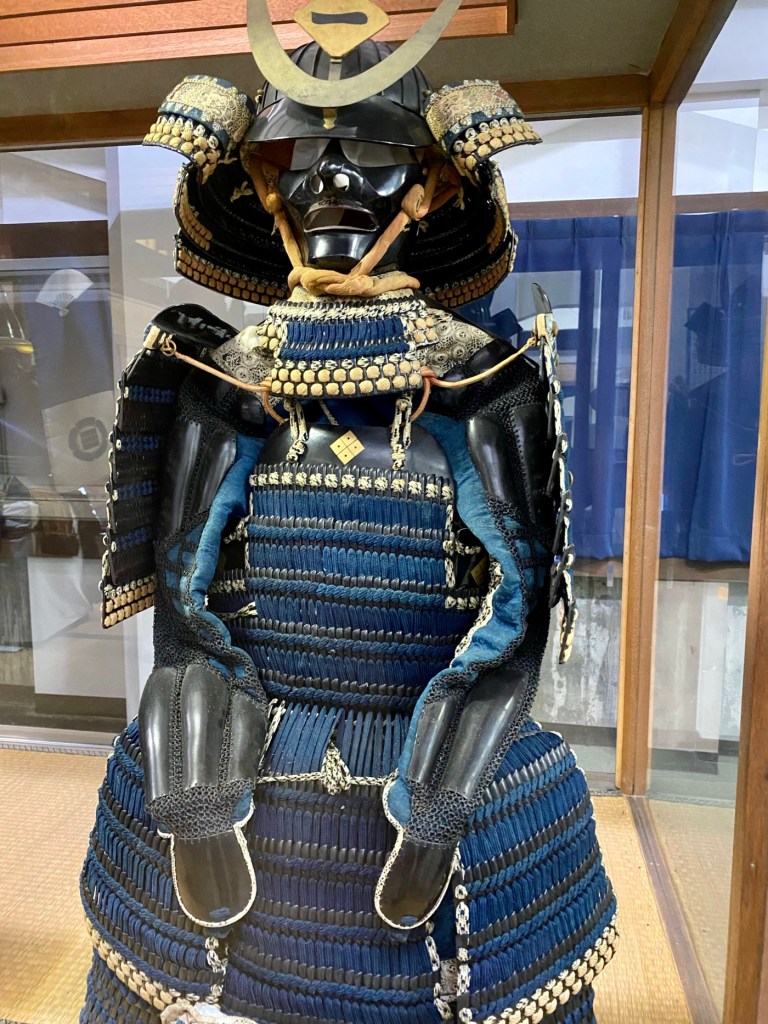
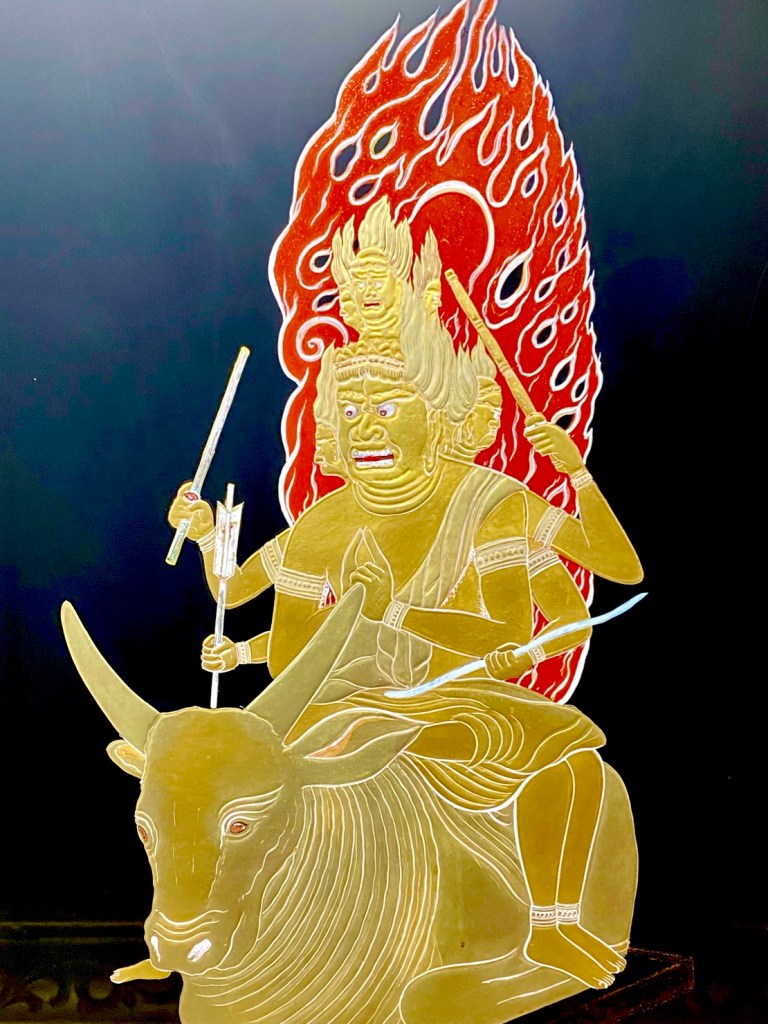
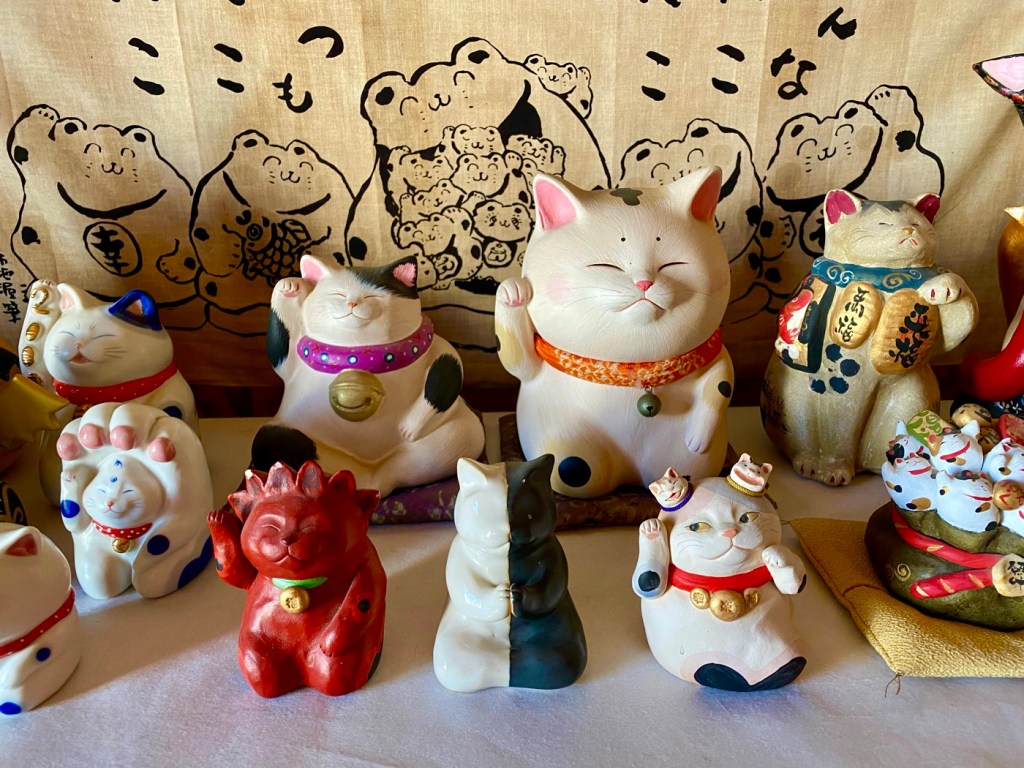

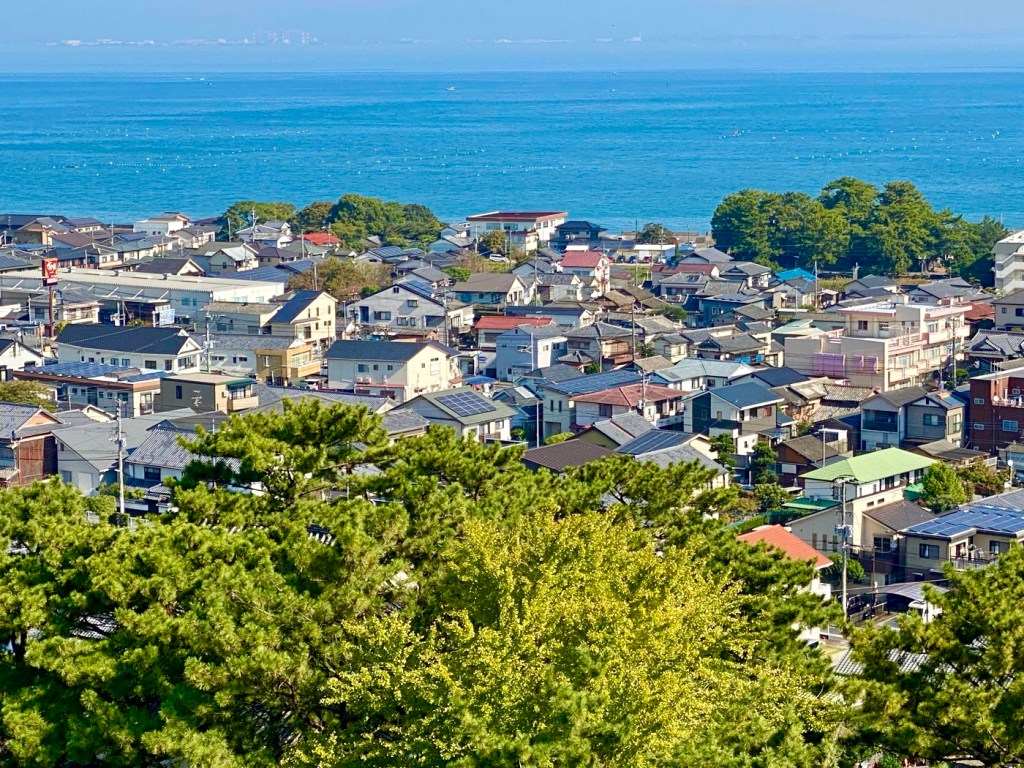
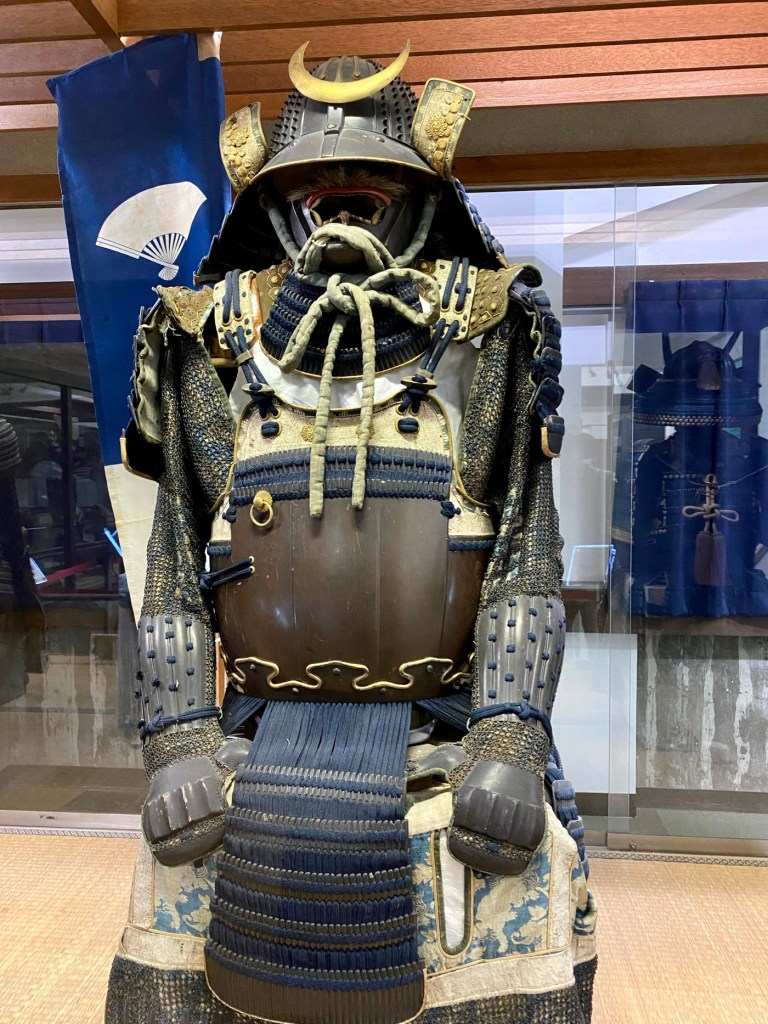
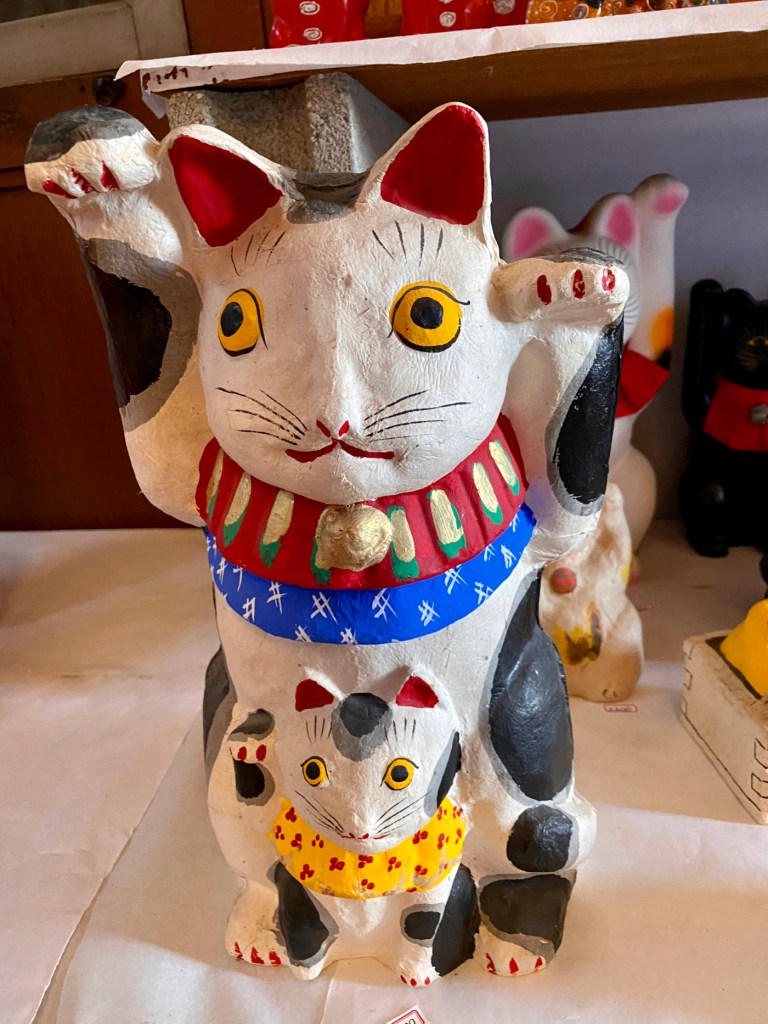
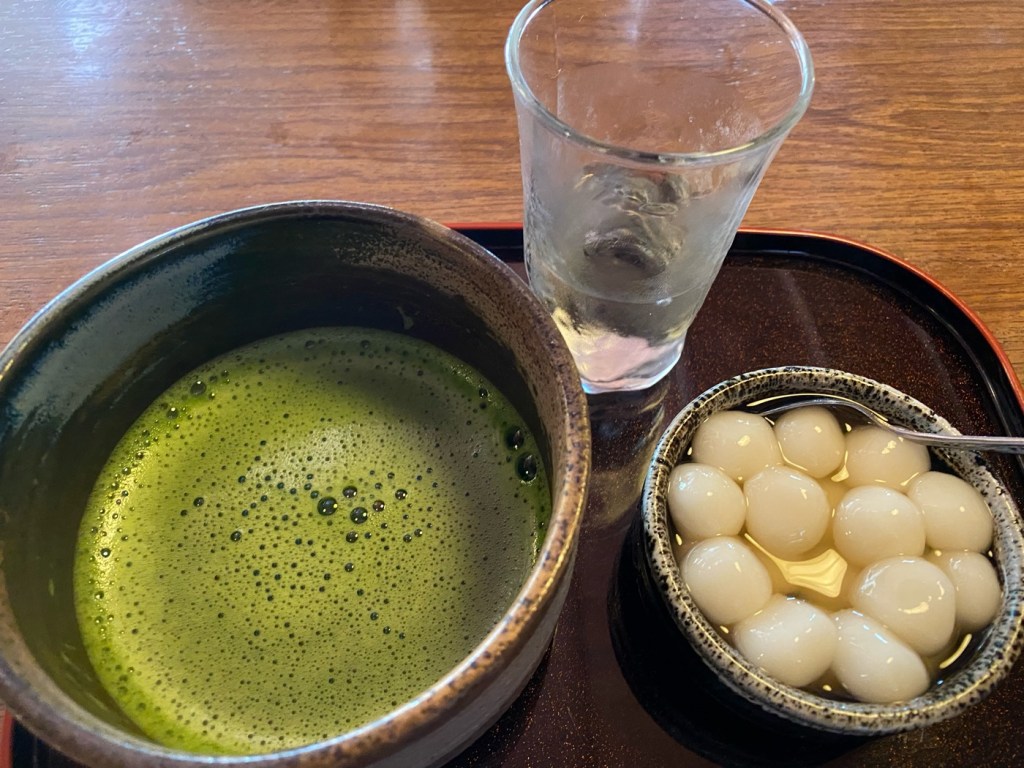
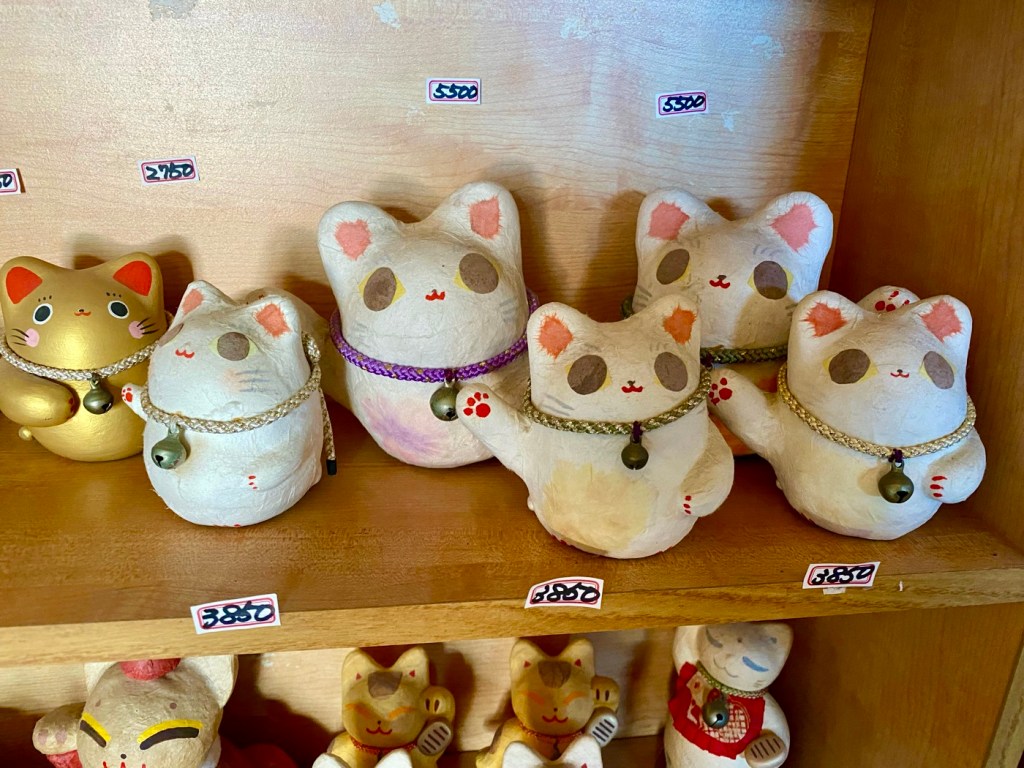
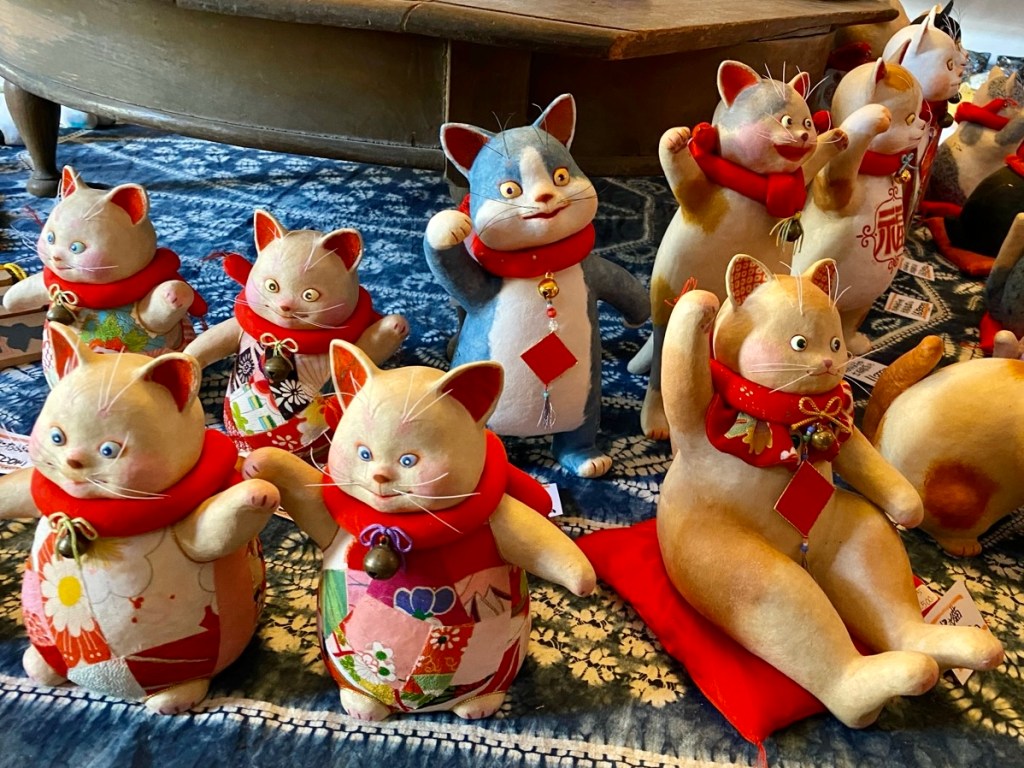
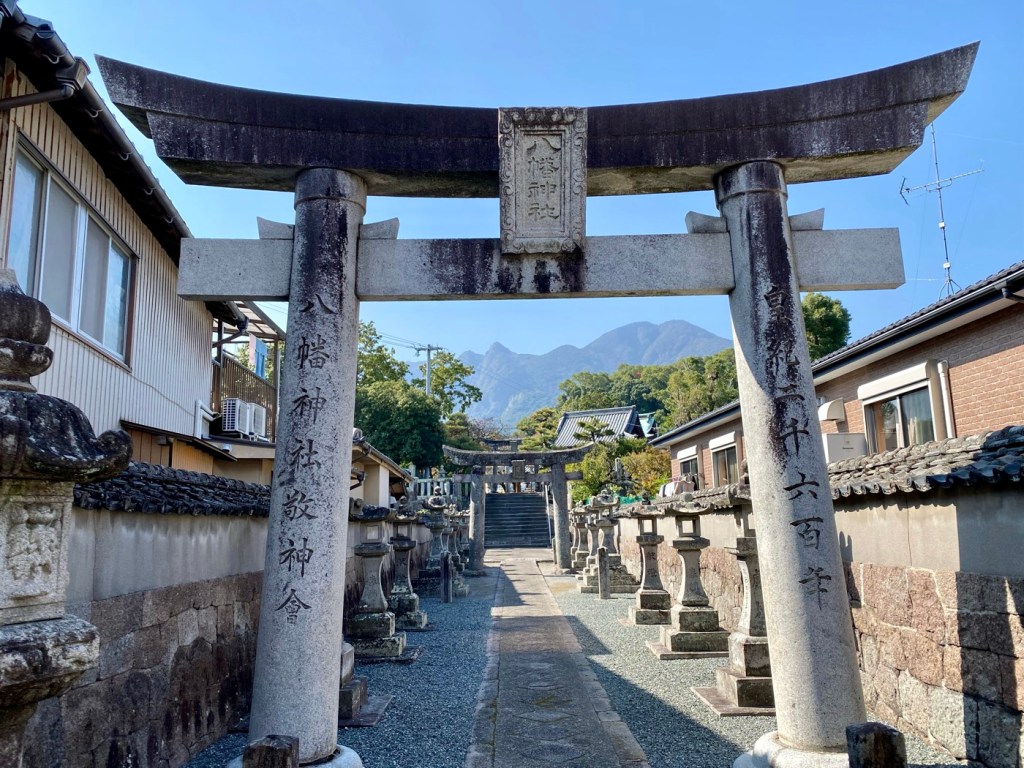
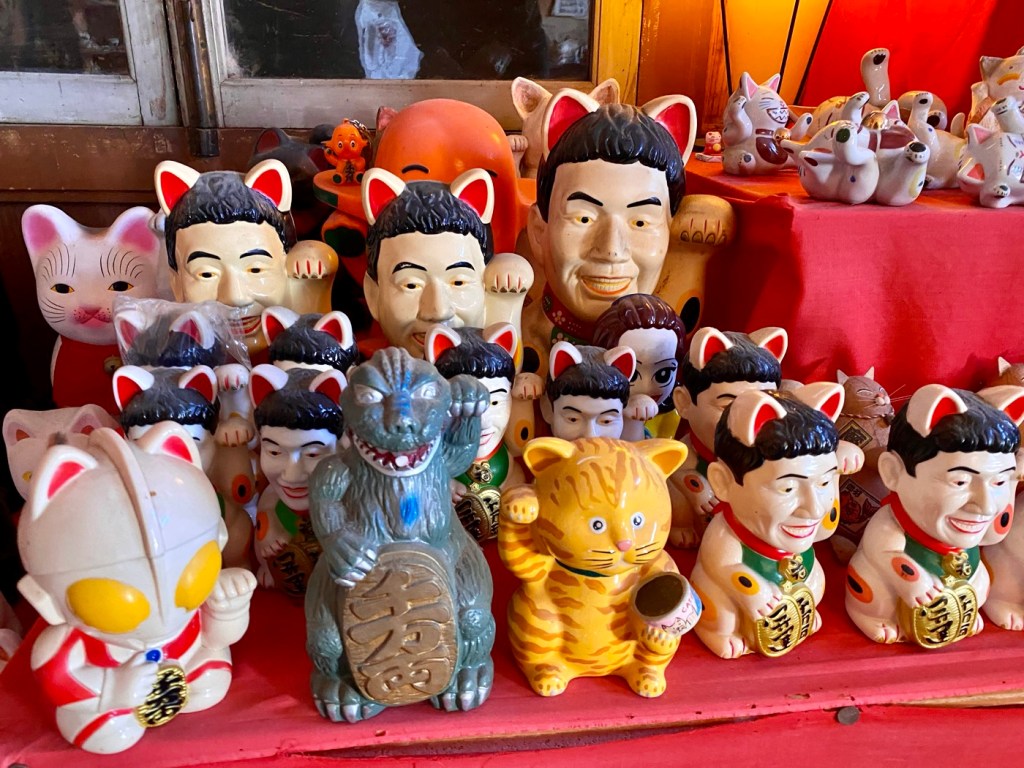

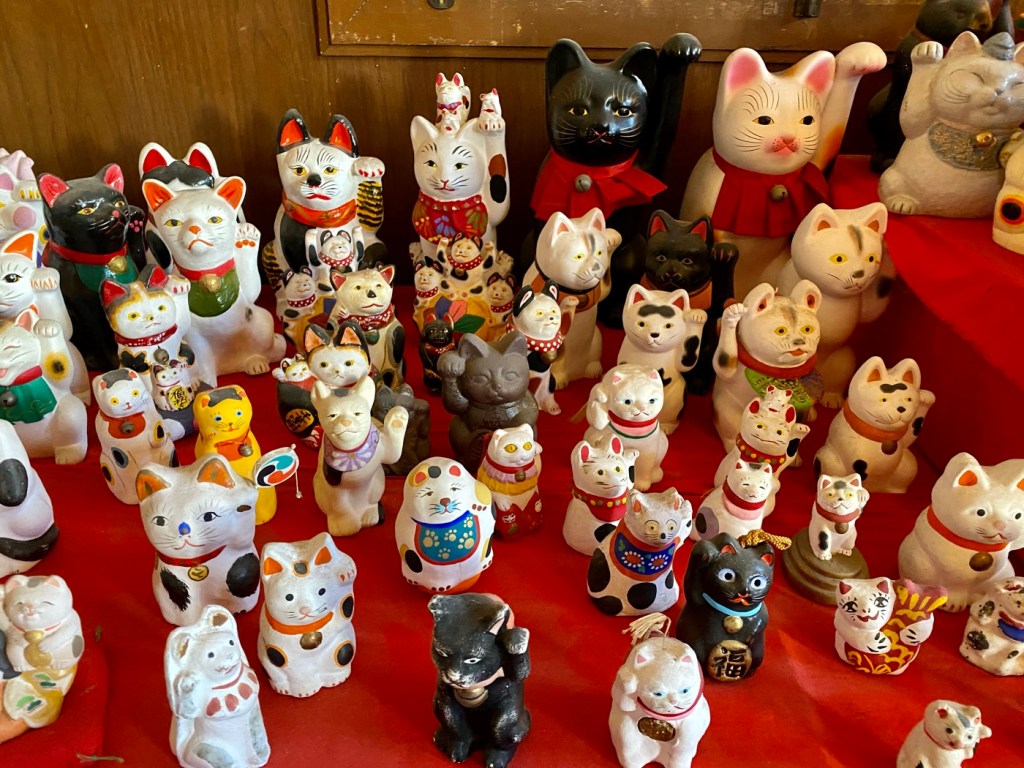
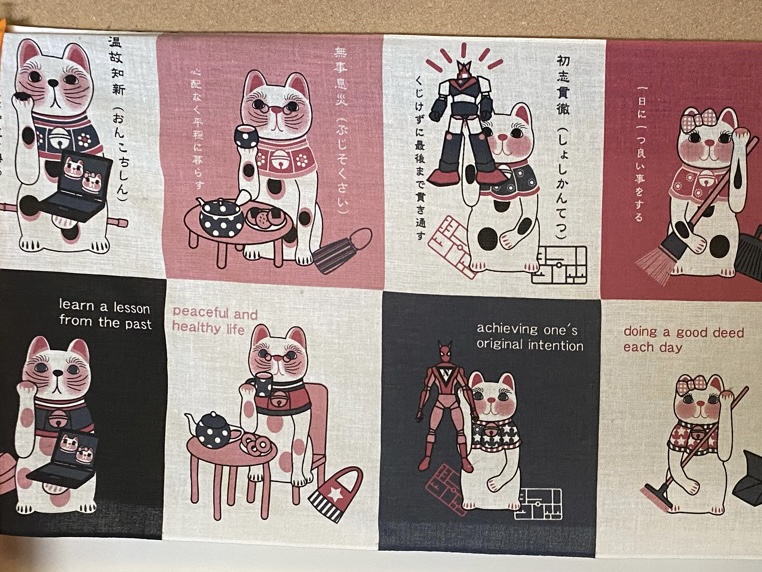
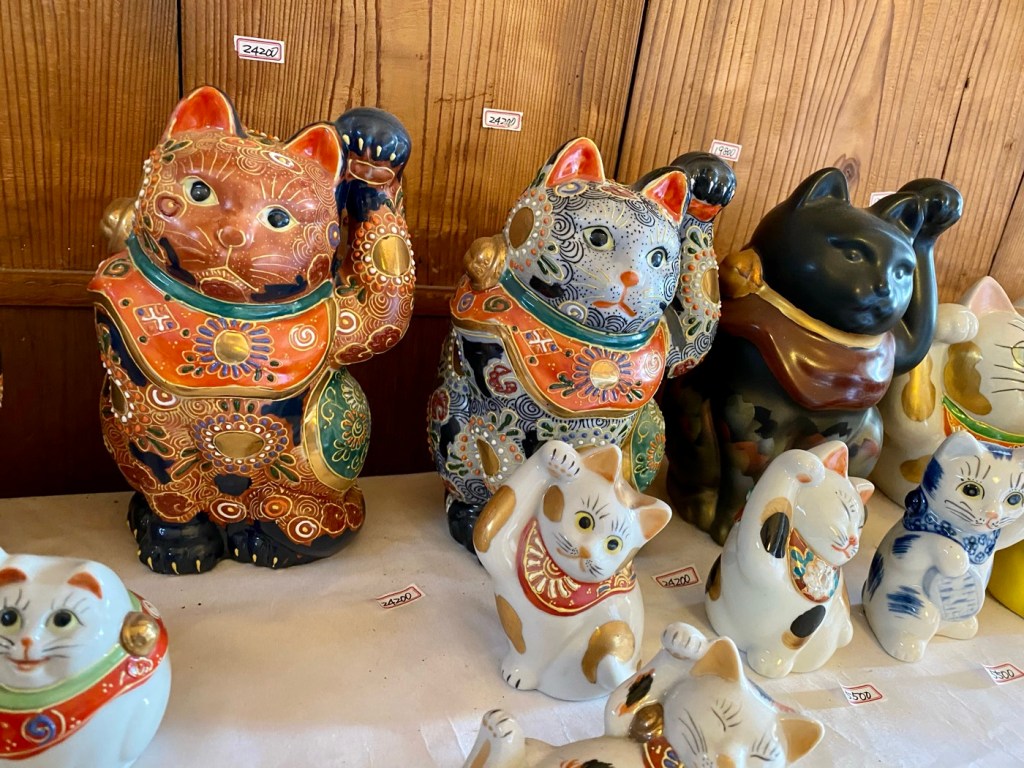
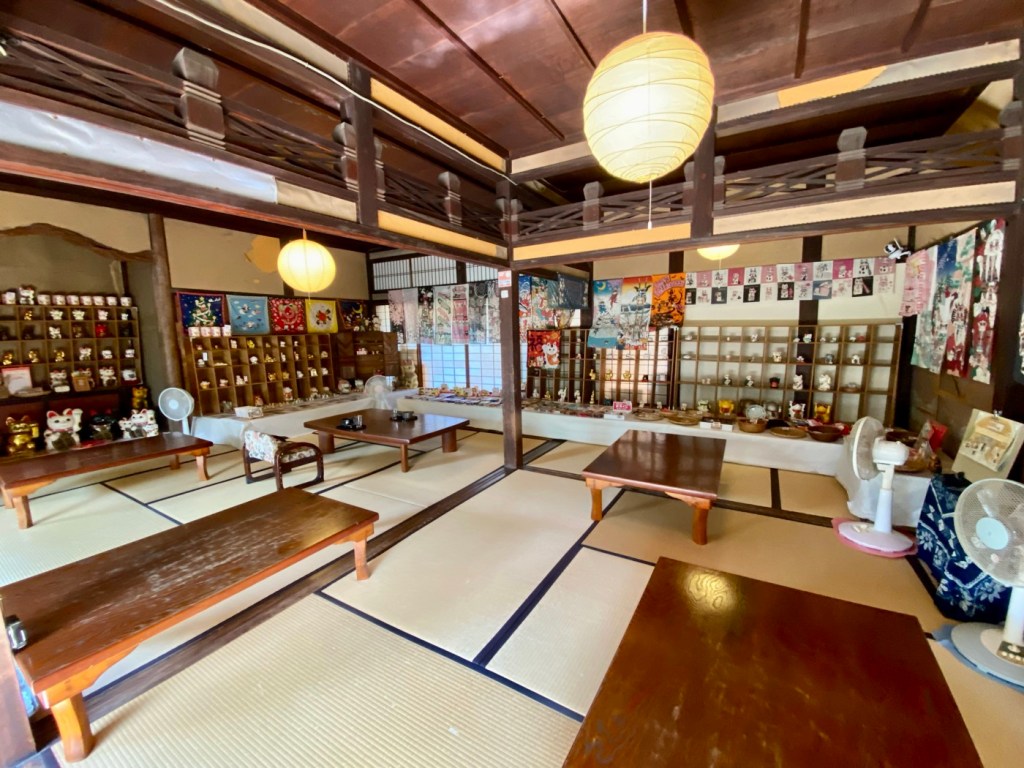
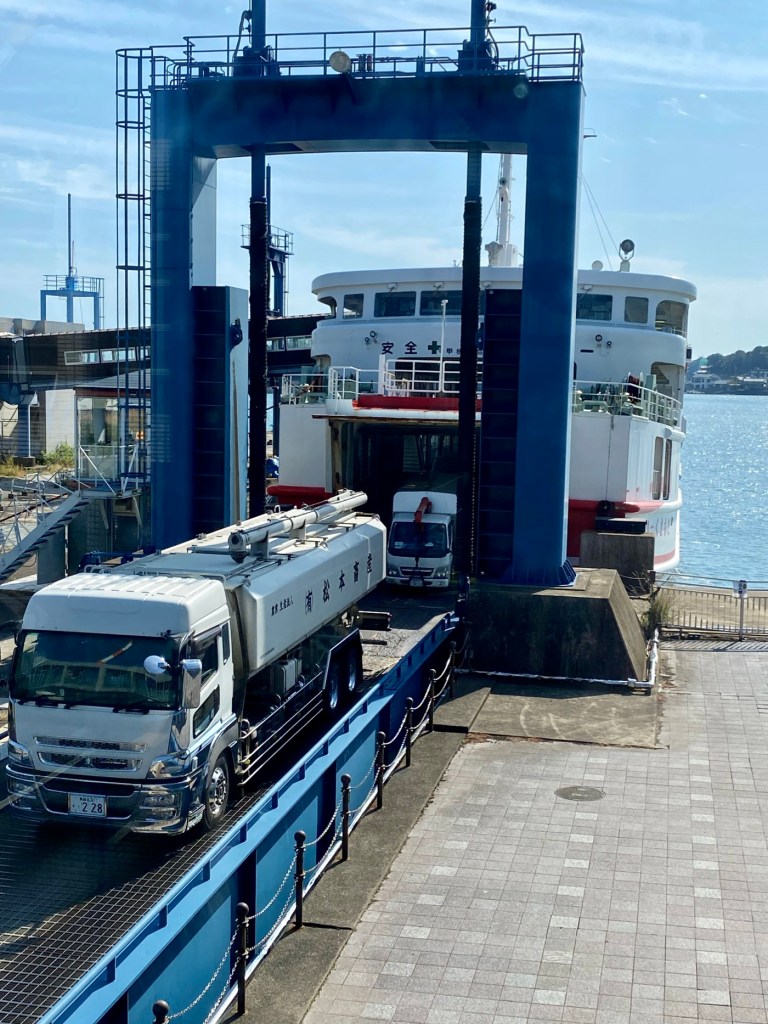

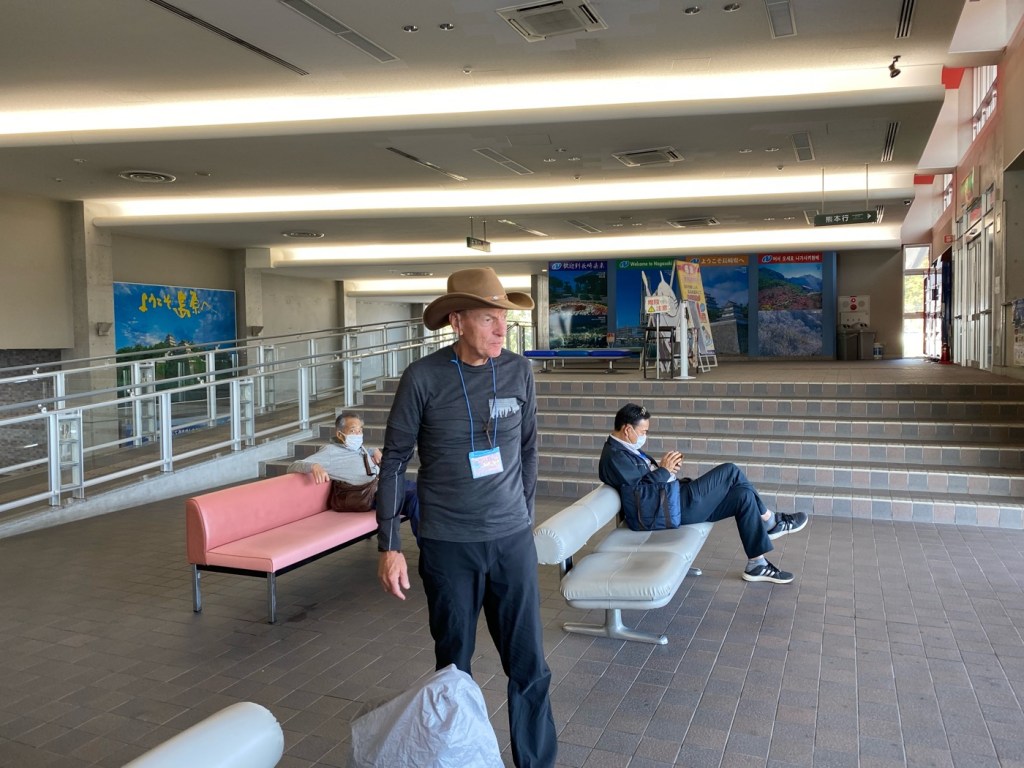
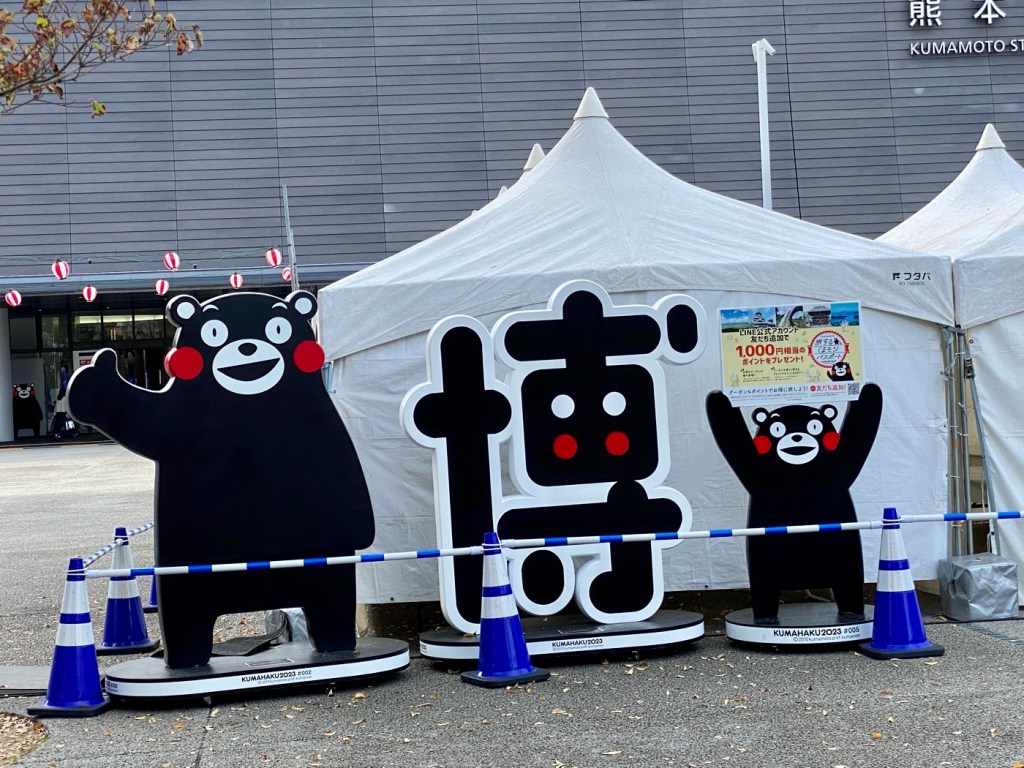
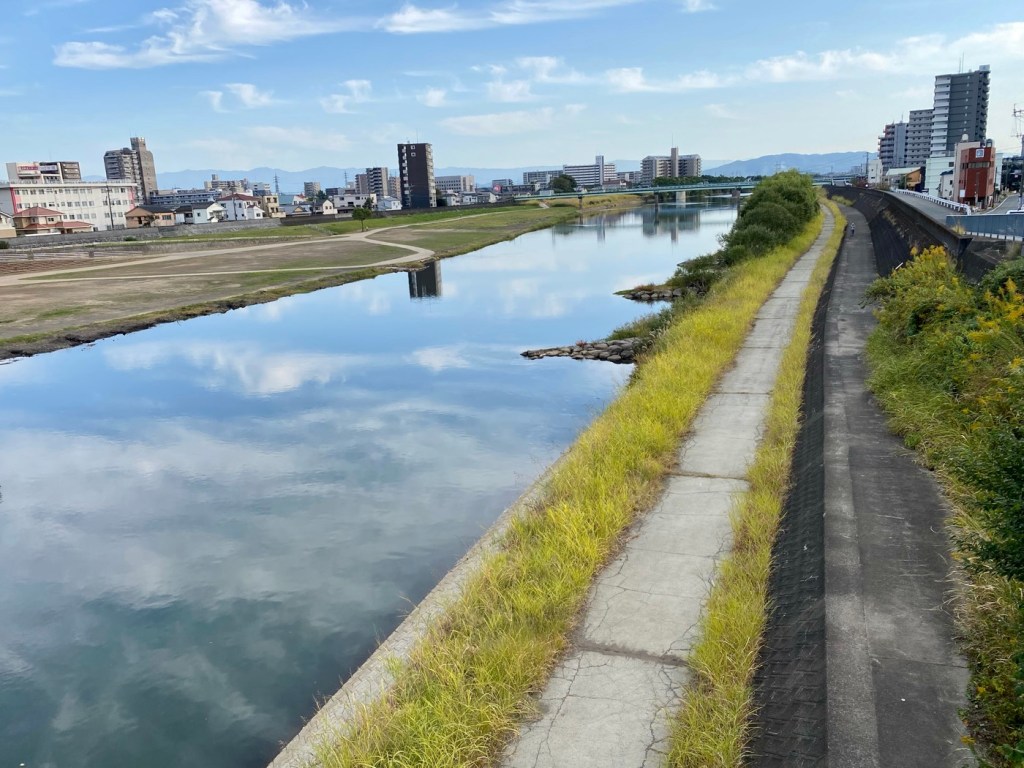
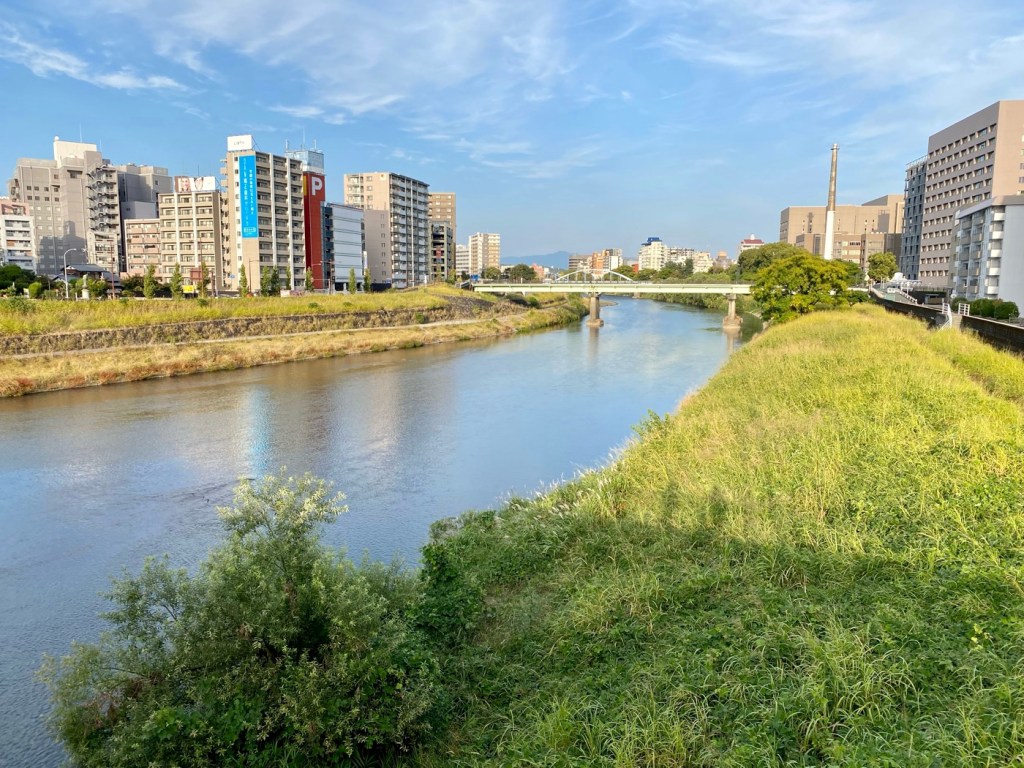

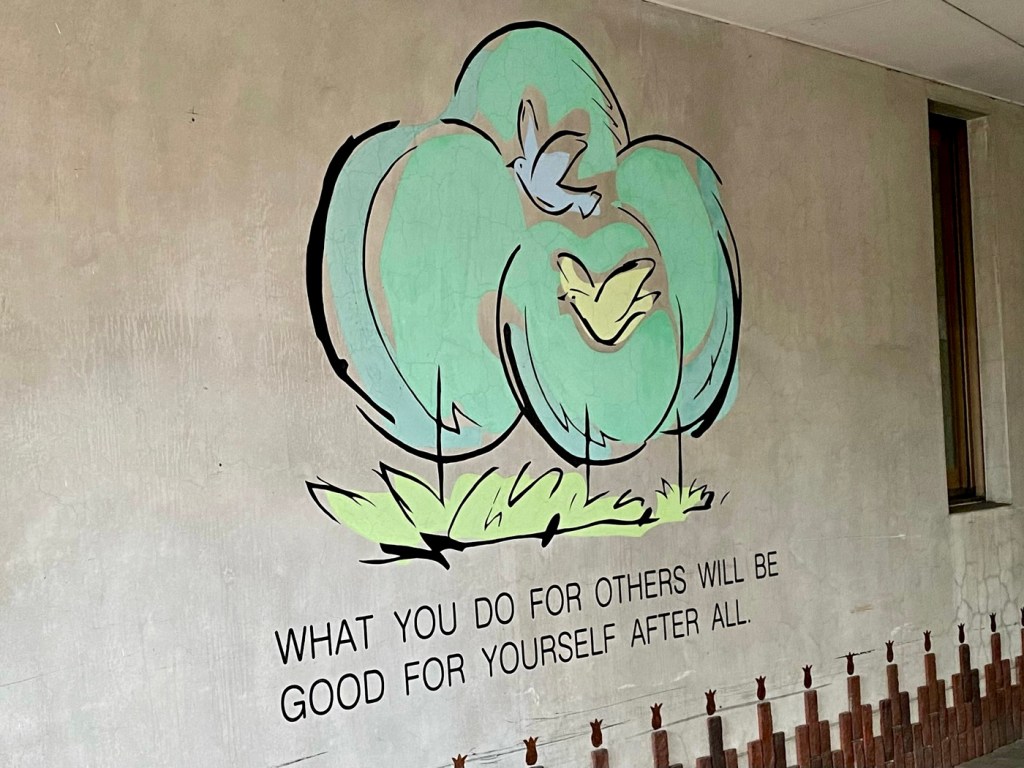
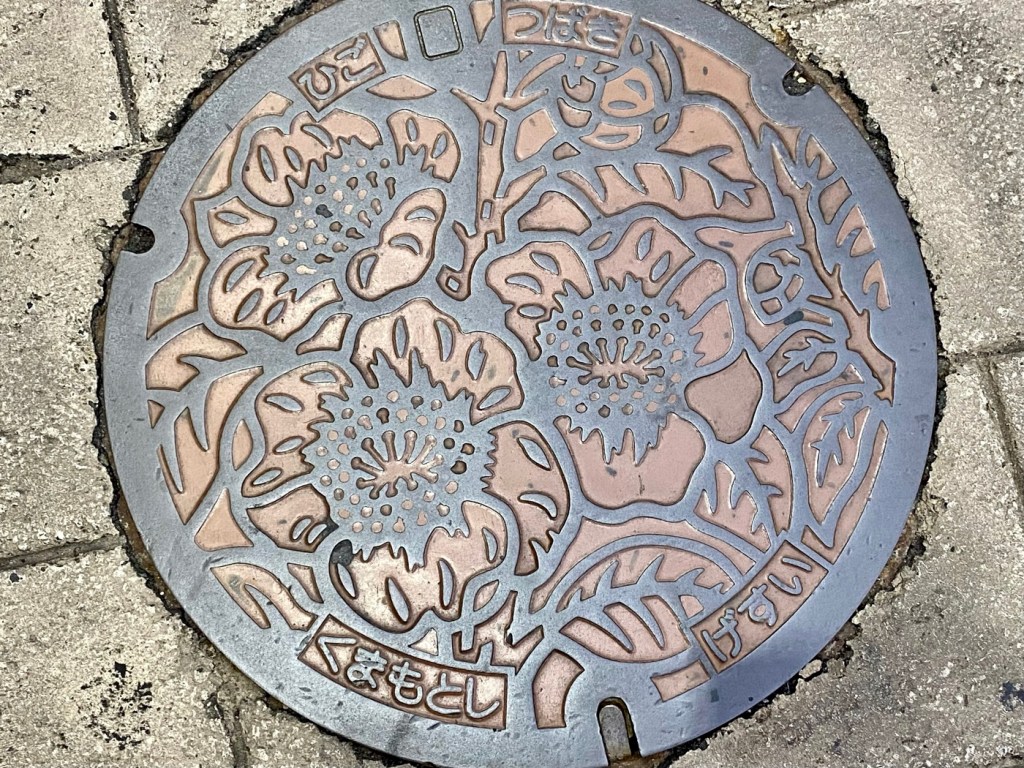
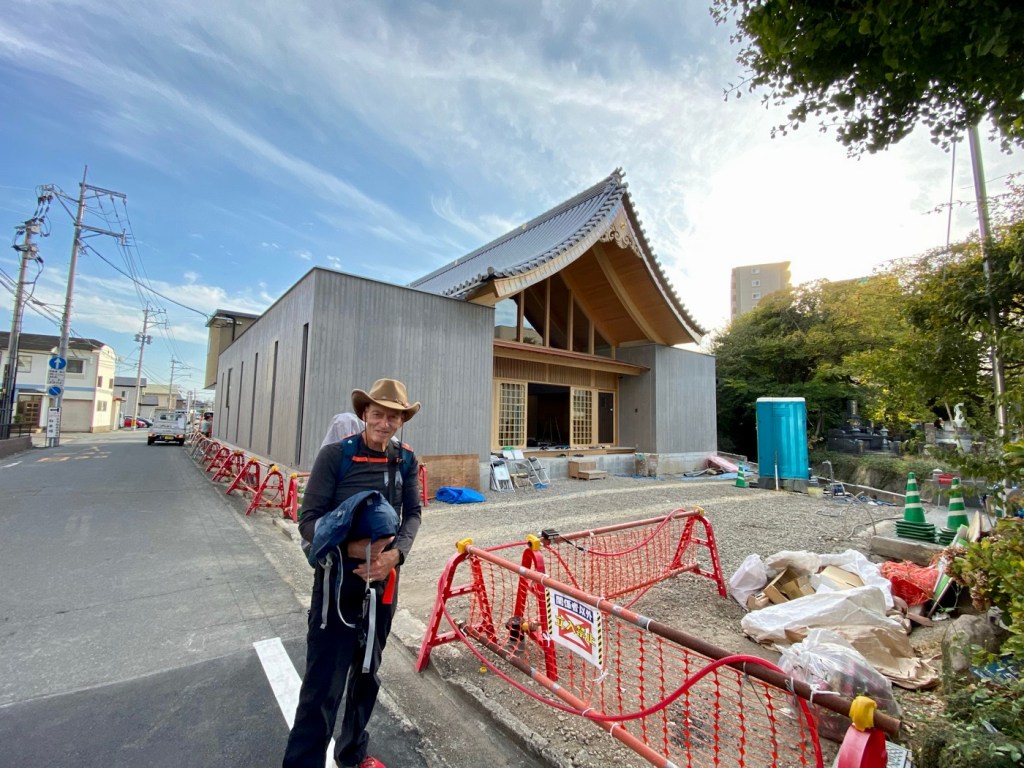
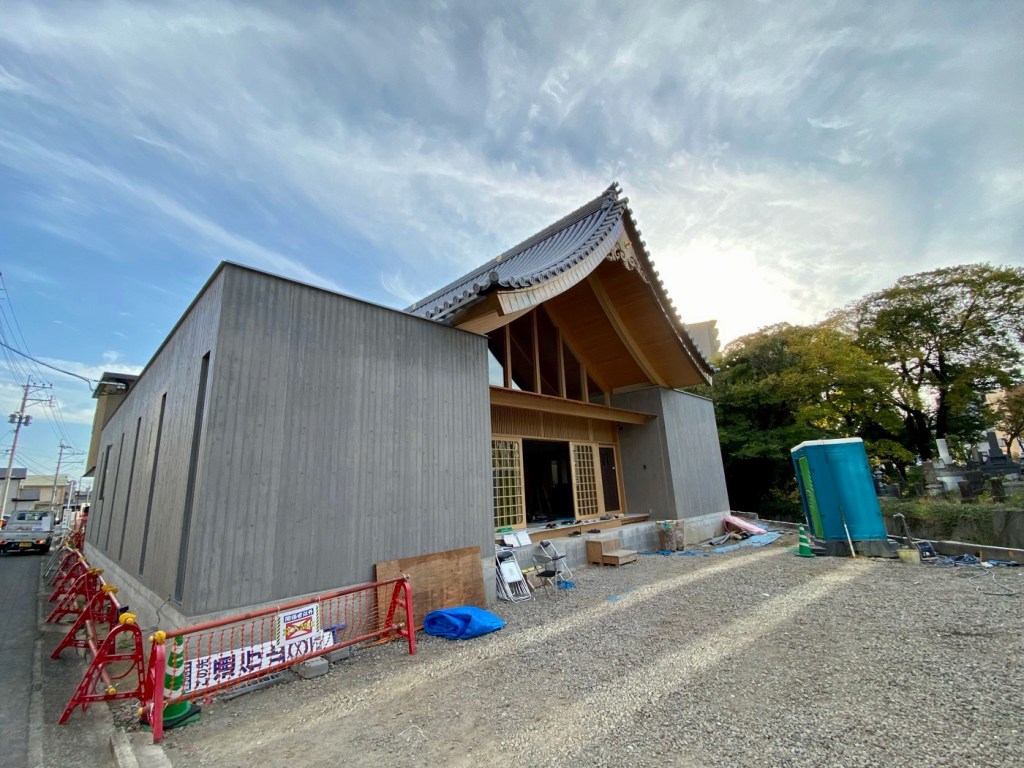
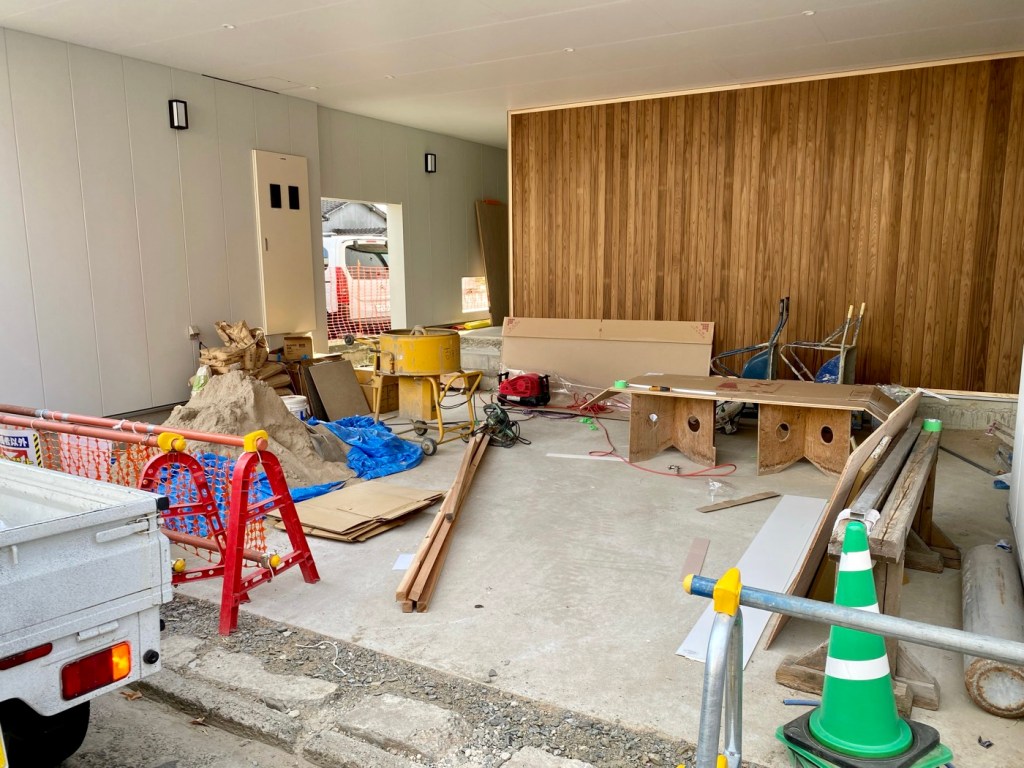
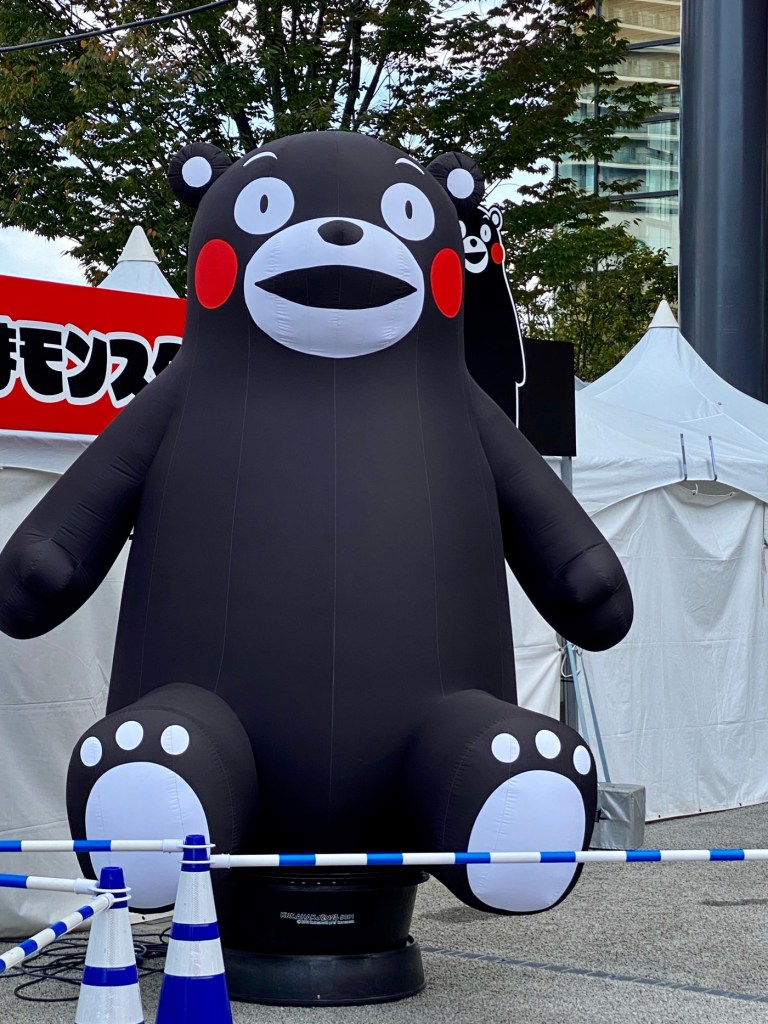
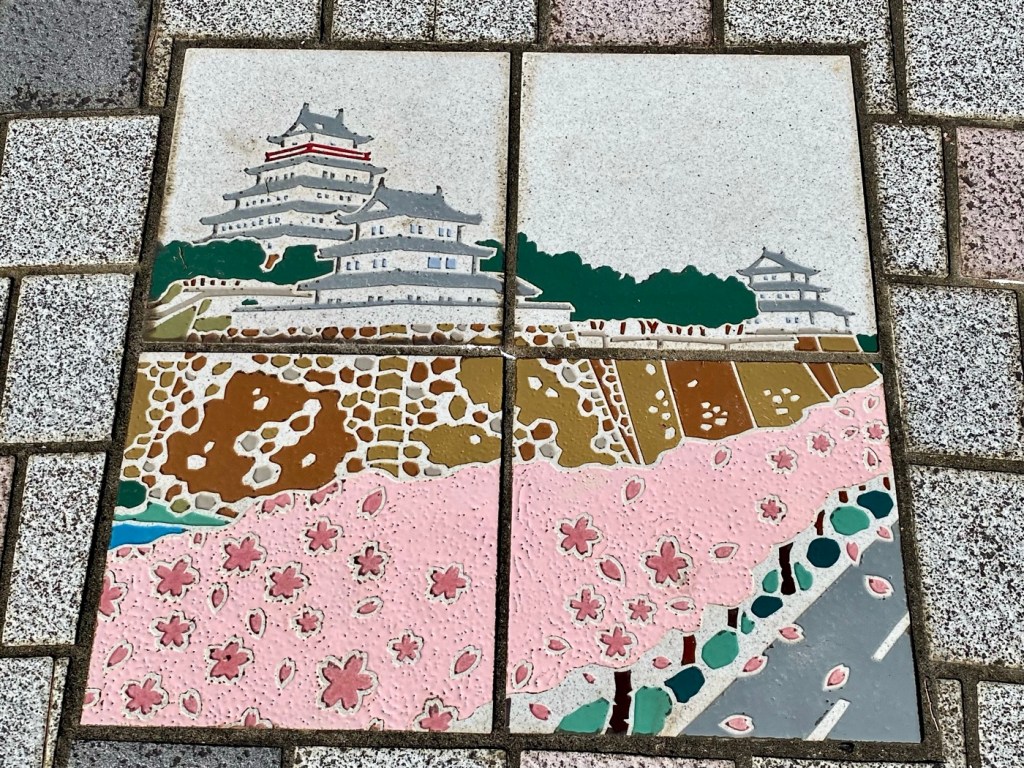
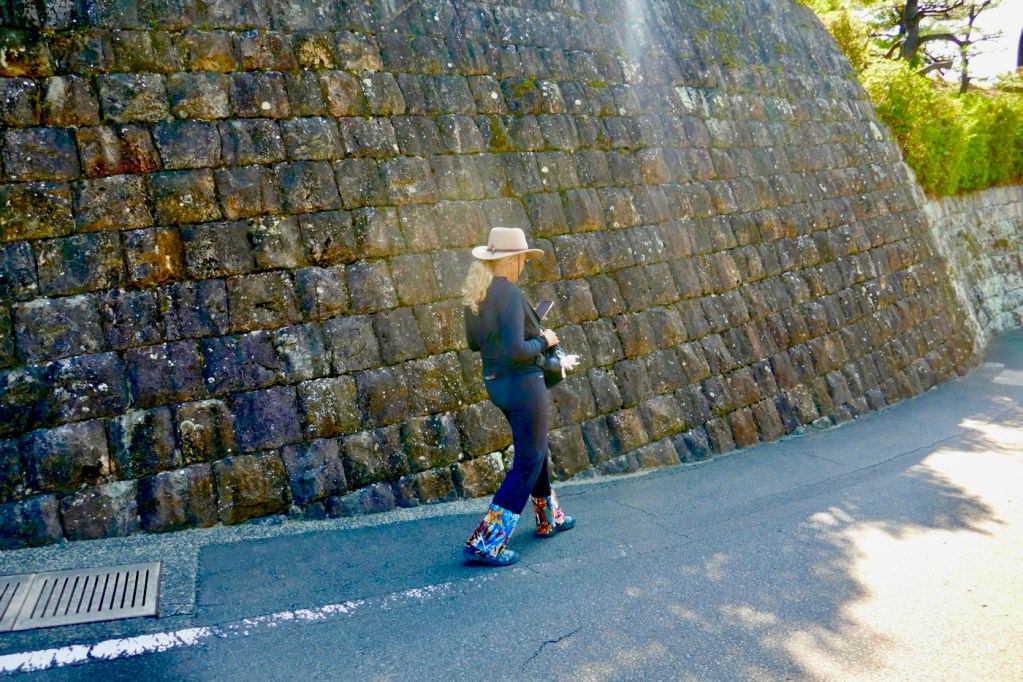
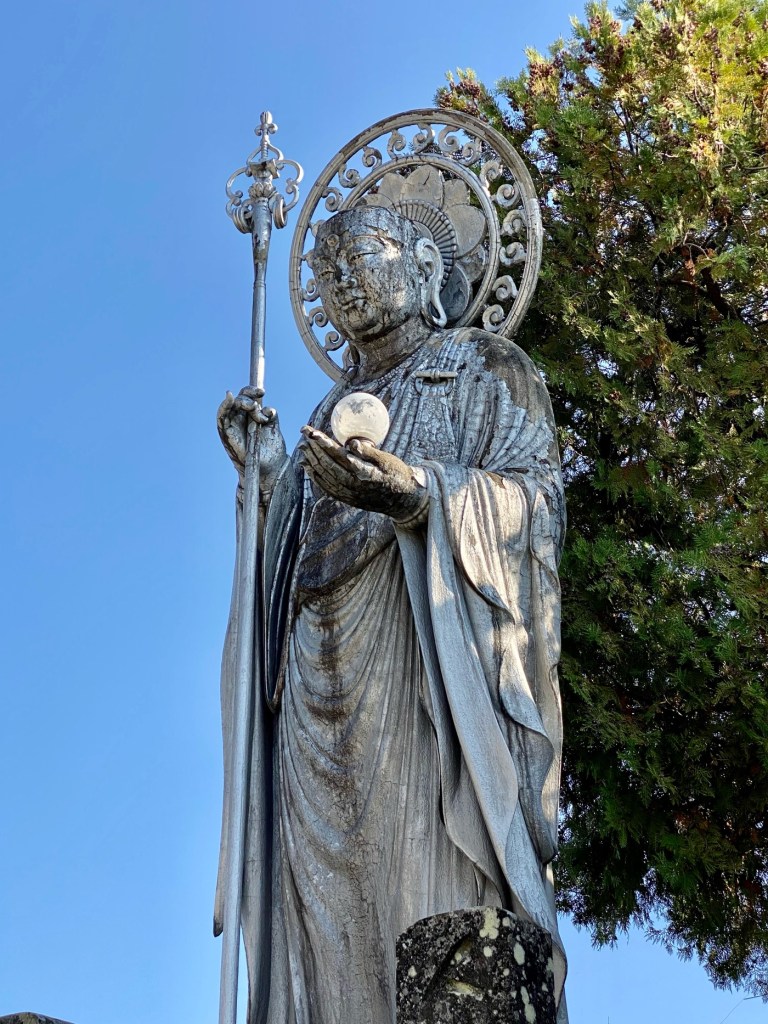
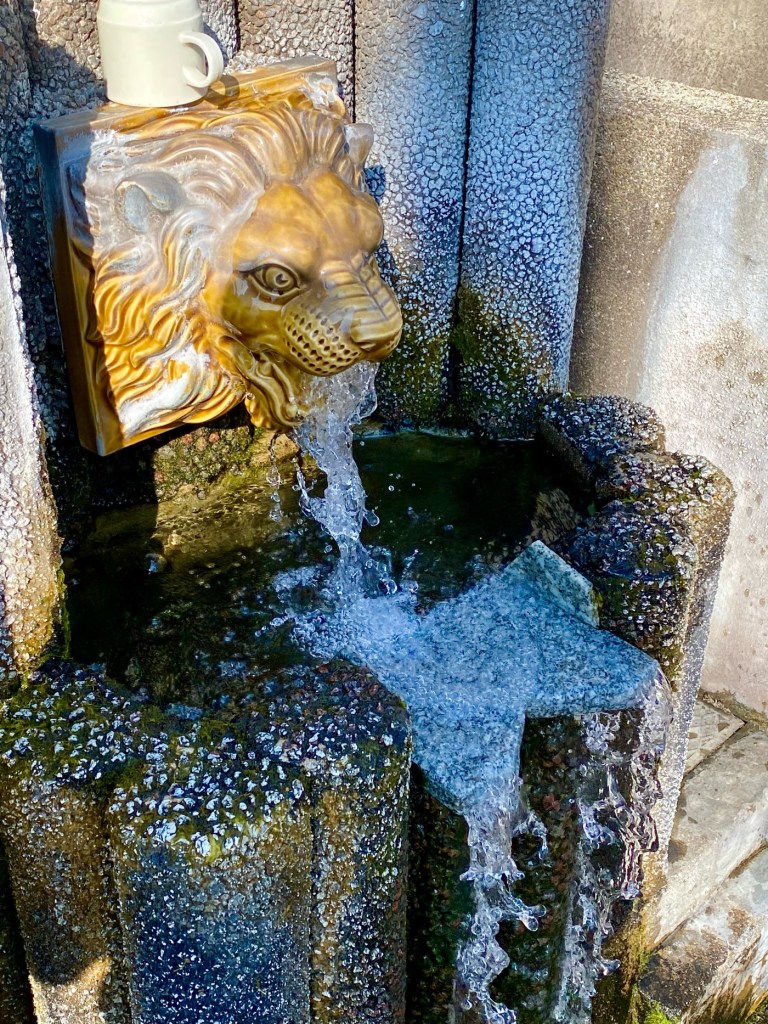
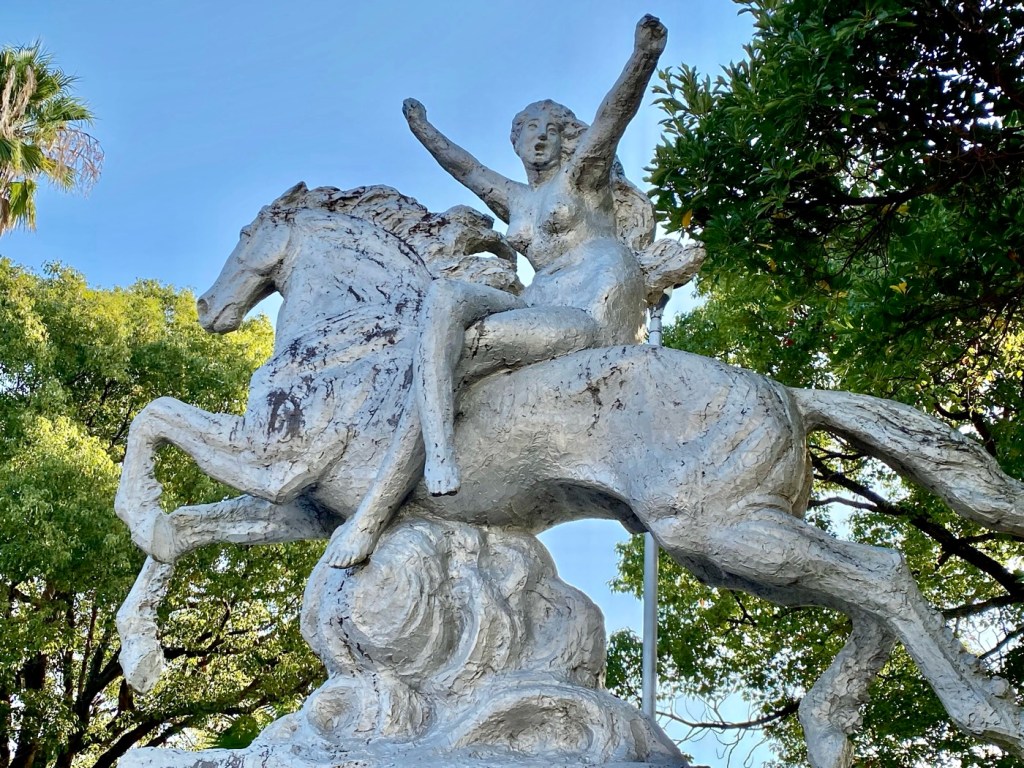
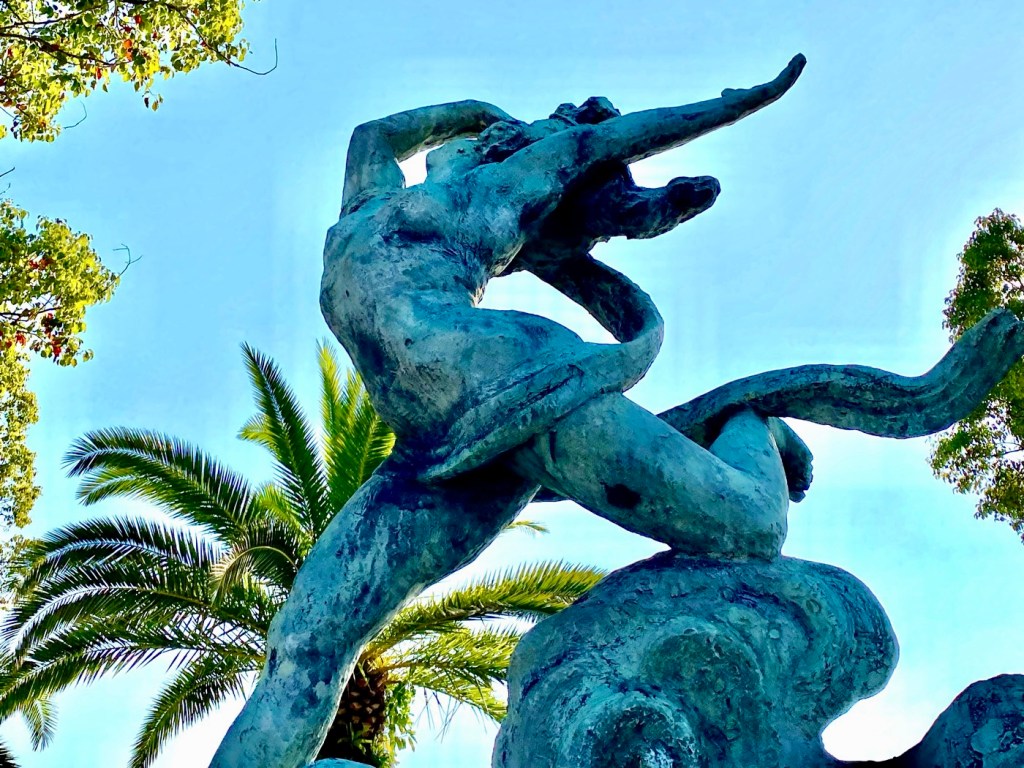
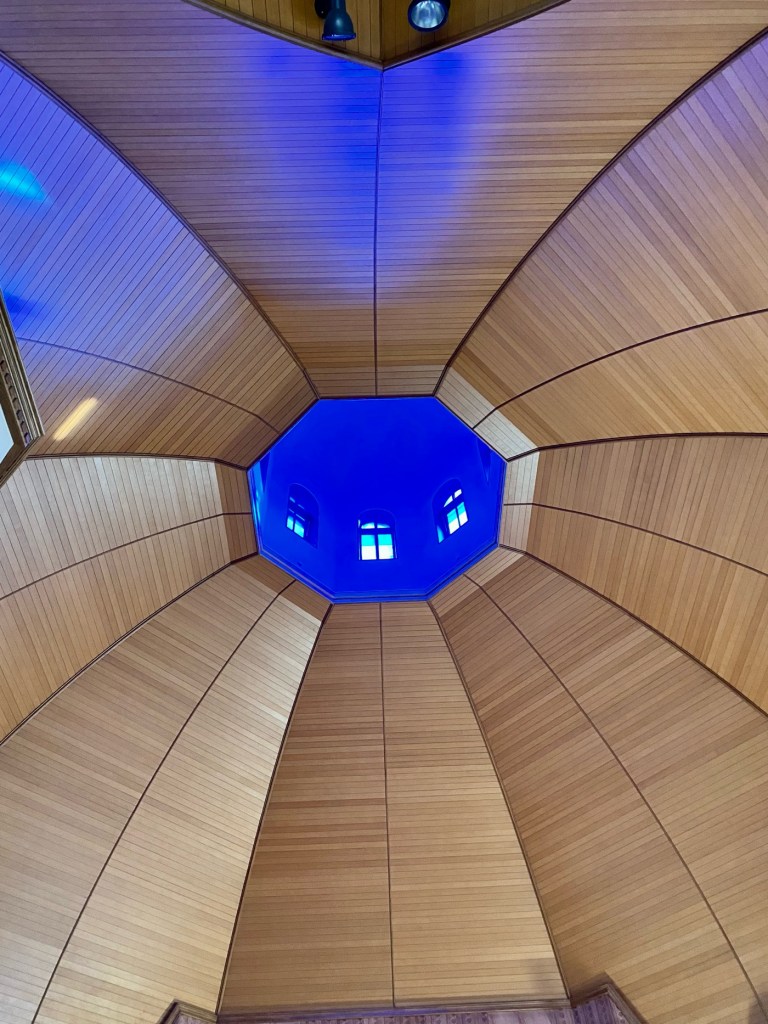

Day 38 - From Shimabara Across the Sea by Ferry to Kumamoto, The Kyushu 108 Temple Pilgrimage, Japan
I had planned to use the onsen in the hotel in the morning before we checked out of the hotel, but last night a huge group of teenagers checked into the hotel.
No doubt they were all at the hot springs in the morning before breakfast, so I skipped it.
I was thinking what it was like to grow up in a culture like Japan, that took high school kids on trips where they bathed naked with their peers.
Boys and girls bathe naked in separate baths, but usually teenagers are more self conscious about their bodies.
The question is, is it liberating and helping to accept our bodies as natural and divinely human, or is it awkward to be naked in front of all your schoolmates?…
We packed our backpacks and went down for breakfast a bit earlier than usual.
Our plan was to check out of our Seaside Shimabara hotel and to go sightseeing around Shimabara town.
Later, we would collect our backpacks from the hotel and catch the afternoon ferry to Kumamoto.
Luckily the hotel arranged for all the teenagers to eat in a separate hall, so we had a relaxed and quiet breakfast with the few other guests.
We walked towards the impressive Shimabara Castle.
Along the way we stopped at a few hot springs drinking fountains, and the water tasted great and a bit sweet.
We also stopped at a Catholic church that had beautiful, modern stained glass windows.
It was a Christian church that asked you to take your shoes off and wear slippers before entering.
We stopped in Mount Kiyomitsu Kotoji Temple, a Buddhist temple that is home of the Great Nirvana Buddha.
Nirvana is a word that refers to the state of enlightenment in which the fires of earthly desires are finally all consumed and true inner wisdom is completed.
Nirvana is also used to refer to the passing away of the Buddha.
This statue of the reclining Buddha is a sacred memorial to the Buddha, who continued teaching for 45 years after attaining enlightenment.
We then walked over to the fully renovated Castle.
We toured the inside, which was made into a historical museum, with crafts covering the 400 years of history since the castle was first built.
Today in Shimabara, you can still find remnants of life in the Edo Period (1603-1867).
The castle has been restored to its original majestic state, and nearby, a group of restored samurai houses are fully open to the public and allow you to get a glimpse of what daily life was like in the 17th century.
It would have taken us hours to see everything on the Castle grounds, and to listen to all the recorded audio guides, but we didn’t have the time to do that.
The city of Shimabara is charming beyond just its castle and samurai quarter.
It is known as a "city of water" because of the many springs that dot the city, and you can find koi and carp swimming about in little aqueducts that line the roads as well as in ponds around the city.
The local delicacy is called "kanzarashi," which are mochi rice dumplings served in a honey-based syrup.
We had it sitting on the tatami floor of a restored old house with a large pond, that had been turned into a cafe.
The kanzarashi came with hot green Matcha tea, served in traditional Matcha cups.
The cafe was filled with statues of ’Maneki Neko’.
These lucky cats are used as talismans, or lucky charms, and are often placed at the entrances of cafes and restaurants, waving one paw.
These whimsical cat figures have become one of Japan's most recognizable symbols.
The name 'Mankei Neko' is because of the cat's welcoming paw, as the literal translation is 'beckoning cat.'
There is debate as to whether the cats were originally created in Tokyo or in Osaka, although it is generally agreed that they were first seen sometime in the late Edo Period.
The name Shimabara has also been etched in history due to the 1637 - 1638 Shimabara Rebellion, when a group of overtaxed farmers and persecuted Christians took up arms against the local lord and attacked.
The Shimabara Castle was one of the battle locations.
The Shimabara Rebellion was the largest civil conflict in Japan during the Edo period and was one of only a handful of instances of serious unrest during the Tokugawa shogunate period.
In 1871, the Shimabara domain was abolished and became part of the new Nagasaki Prefecture.
The Shimabara Peninsula at this time was home to more than 128,000 citizens and more than 6,500 Samurais.
In 1870, the town and village “headman system” was abolished, which was a long-held caste system in Japan.
Subsequently, two new towns and 28 villages were established on the Shimabara Peninsula.
Farmers, tradesmen and artisans were finally permitted to have surnames.
The Meiji government also permitted farmers to cultivate what they wanted, and allowed private ownership and sales of land.
The people began to be liberated from oppressive feudal rule.
Walking back to the hotel, we picked up our backpacks and walked over to the ferry terminal.
It was a very smooth process.
The vehicle ferry was large and glided on the sea without our even noticing we were sailing.
We sat in the mostly empty passenger compartment in comfy armchairs.
When we arrived, we were guided to the free shuttle bus that took us to Kumamoto Station.
Since it was still early, we decided to walk to one of the two urban temples on our pilgrimage route, before we dropped off our backpacks at our hotel.
When we arrived at the site of the temple, we saw nothing but a big construction zone with roofers, electricians and plumbers, all busily working.
It looked like they were building a brand new temple.
I spoke to the foreman, who gave me a small paper with the address of the temporary main hall, located north of Kumamoto on a small mountain.
He told me that it would take twenty minutes by car to drive there.
When I told him that we were walking, he said in absolute determination that it CANNOT be done on foot.
I think that I felt a bit disappointed that we couldn’t accomplish the visit to this temple this afternoon.
It would have allowed us more relaxed time to visit the other temples that we have to visit in Kumamoto and beyond.
I think I should have been more friendly, but I looked at the map he gave me and despite his confidence that it cannot be done on foot, I said:
“We are walking all over Kyushu, so trust me, it CAN be done on foot!”
Then we thanked him and bowed, turned around and walked over to check into our hotel.
Our hotel is located in front of the Kumamoto castle, the major pride of the city and a huge restoration project that took many years.
The reviews of the hotel said that it was glorious once, but now has a faded glory, so I didn’t expect much.
But people who criticize luxury hotels do not travel as much as we do.
The hotel is actually wonderful, offering a really comfy and airy room, a good shower, good sheets and a comfortable mattress. It is overall a lovely hotel with great views of the castle.
We went to town to have dinner.
In a tiny Italian restaurant run by a Japanese man, we had a very good pasta and shared a small pizza, while listening to very cool Italian music.
The owner also cooked our dishes, as we were his only customers that night.
Our Kumamoto hotel does not have a hot springs bath, but it does have a laundry room and Jules did our laundry while I drifted off to dreamland.
Sending you love and harmony,
Tali
Stats: 27,885 steps
Today’s walk: 19 km
Kilometers walked to date: 637
Temples visited:
Mount Kiyomitsu Kotoji Temple, home of the Great Nirvana Buddha - not part of our pilgrimage.
Temple #55 - was relocated due to construction so we didn’t get the Goshuin.